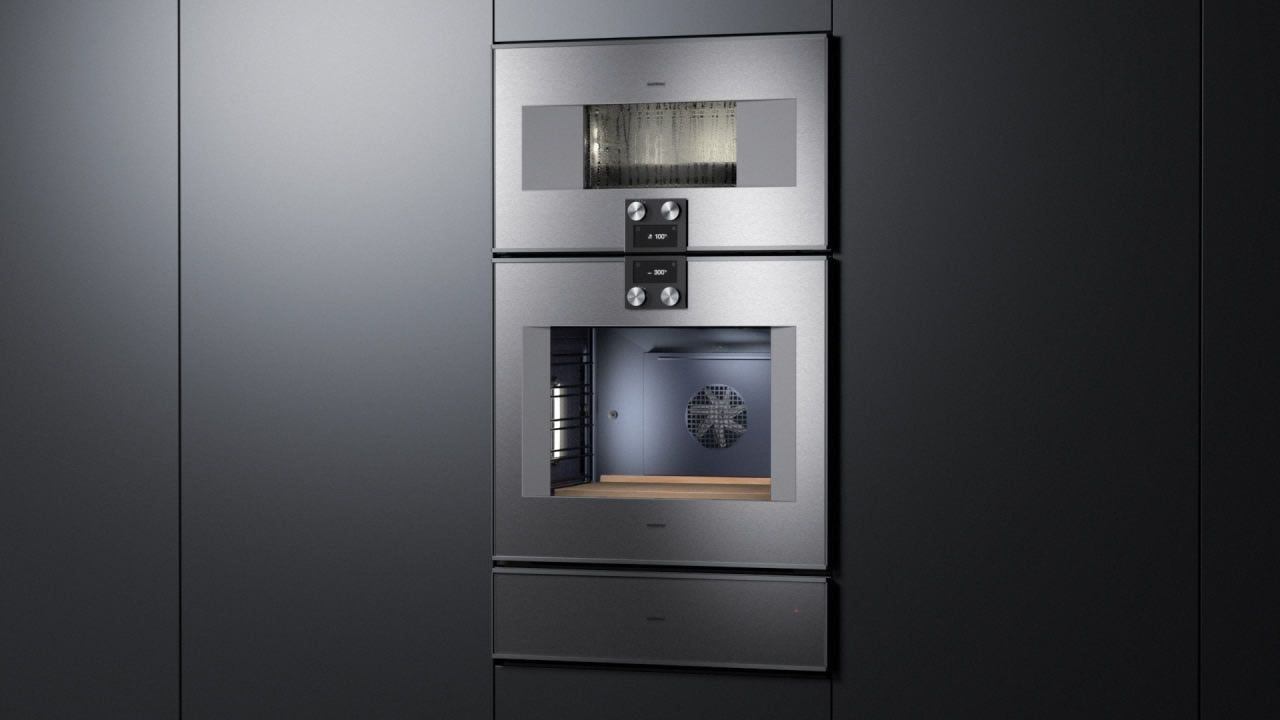News and Events at MLD
Stay Updated on Home Design Trends, Innovative Appliances, and Company News
Viewing 76 of 76 results
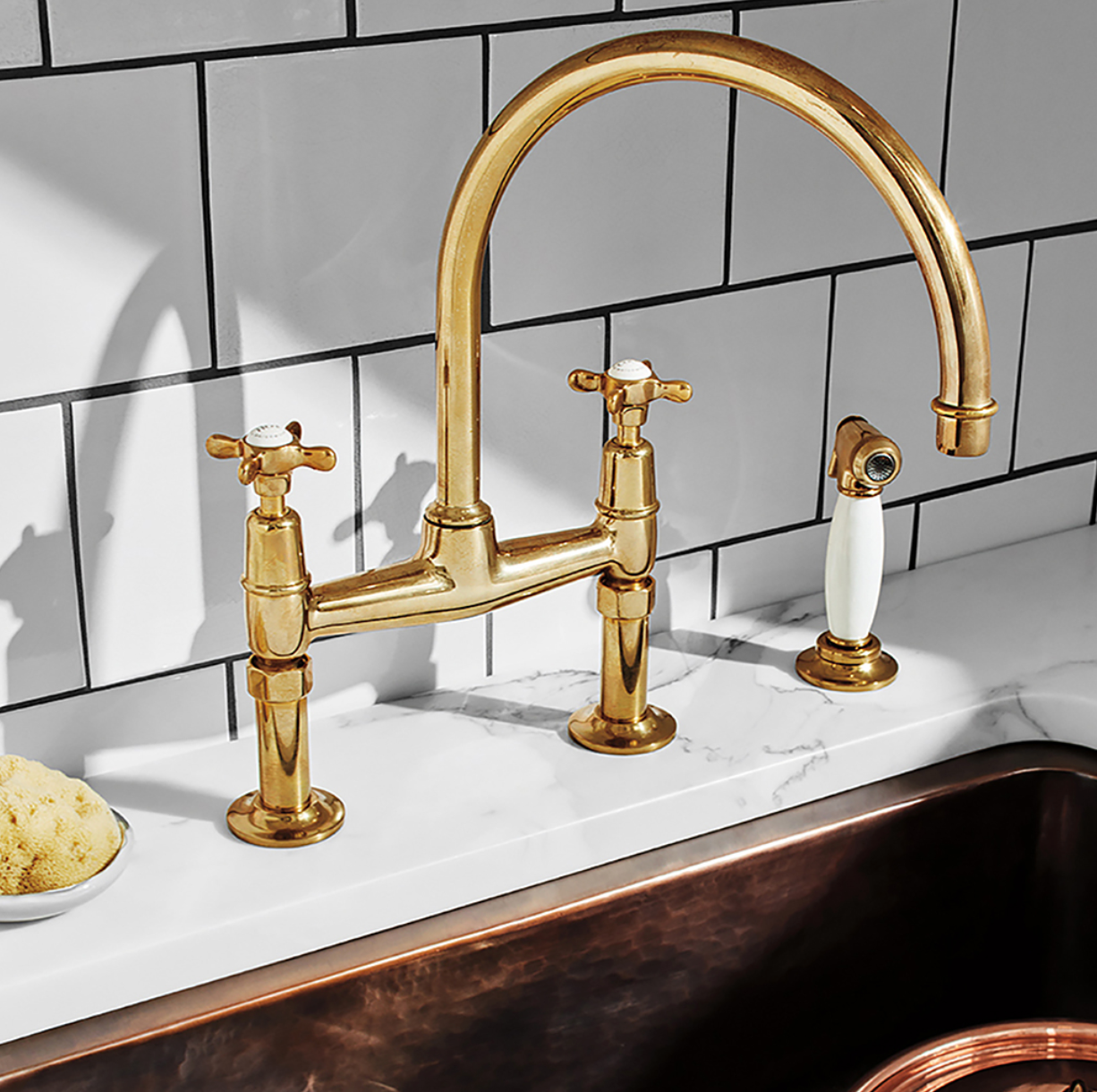
Five Stunning Appliance Trends that will Elevate your Utah Home
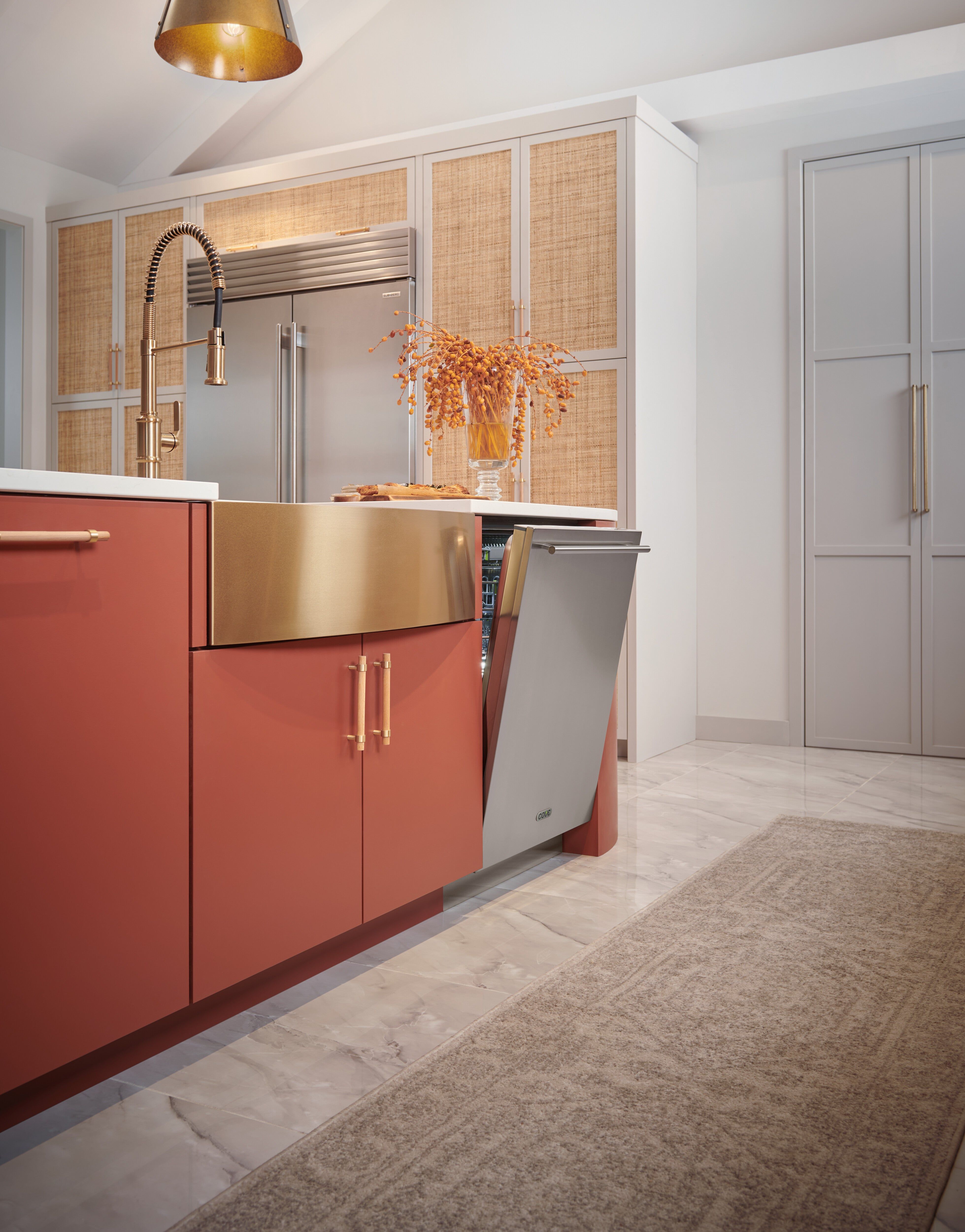
Our Definitive Guide to the Best Dishwashers for 2023

Transform Your Bathroom: Make Your Soaking Tub a Masterpiece with the Right Tub Filler

From Kitchens to Bathrooms: How Hardware Design Contrast Creates Personalized Home Decor

Spring Cleaning Secrets: Expert Tips for Deep Cleaning Your Appliances

Discover Your Personal Style: What Your Faucet Choices Reveal About You and Your Home

BCA 2018 Spring Parade of Homes

The New MLD

2019 Utah Valley Parade of Homes
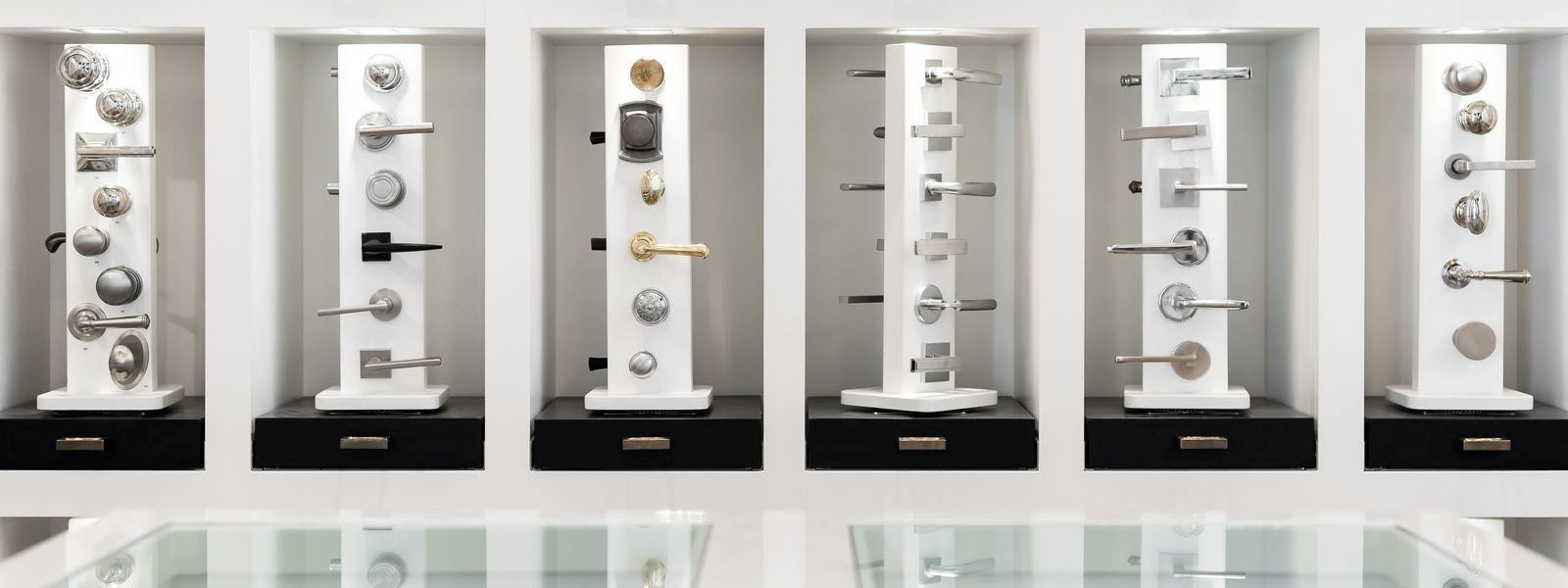
Hardware at Mountain Land Design

BBQ Launch Event
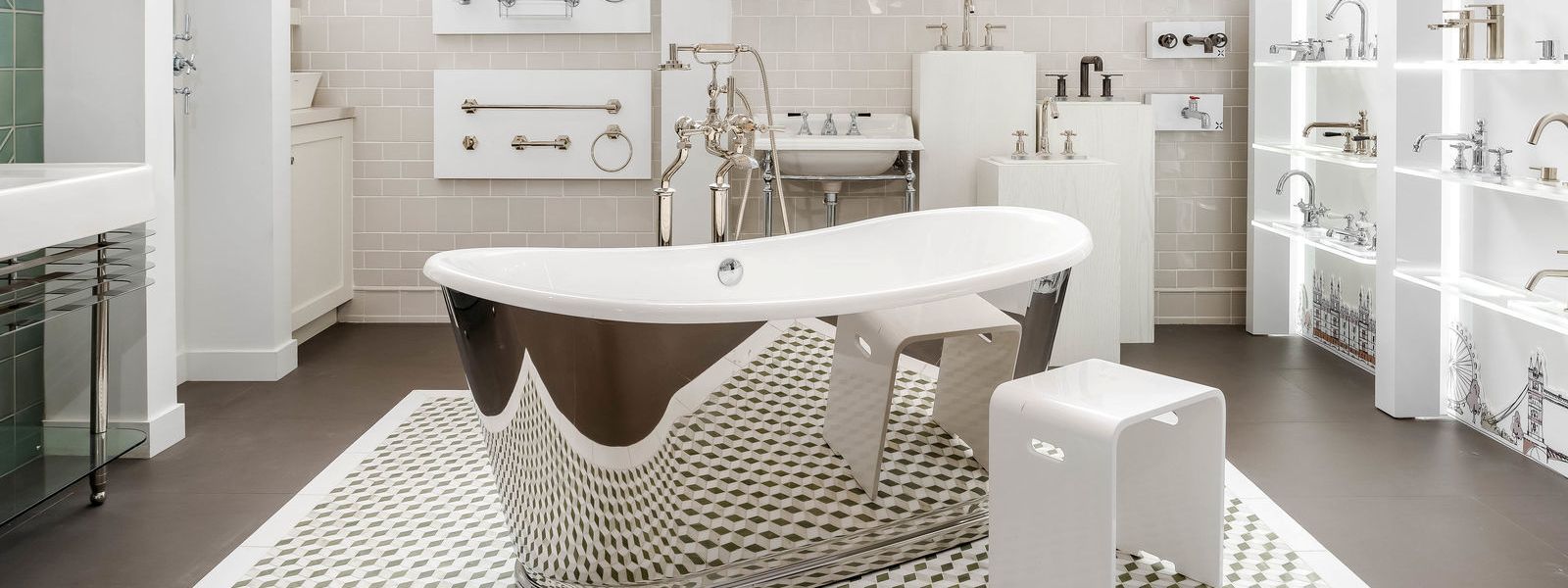
Plumbing at Mountain Land Design

Mountain Land Design is now MLD
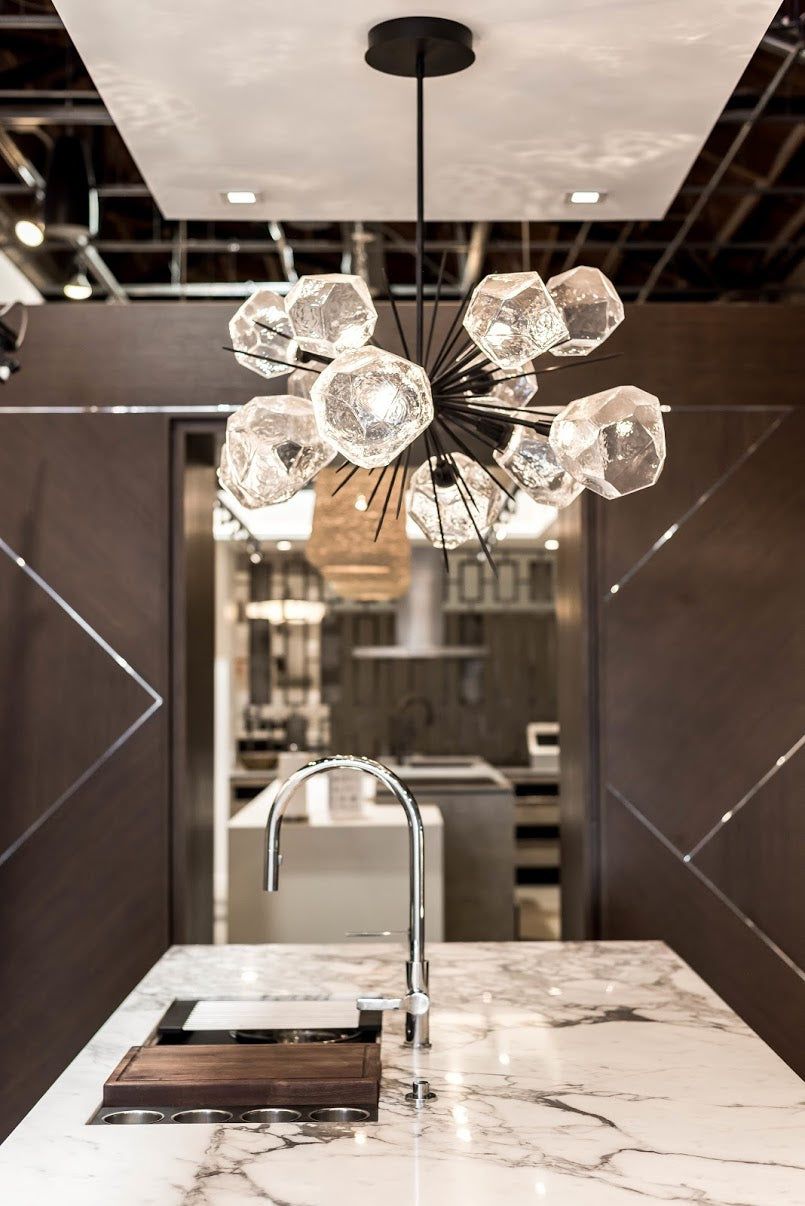
Five New Trends in Hardware Fixtures This Year

Cook in Color with LaCornue - Add Color to your Kitchen!

Kaori Crosland at MLD - Weekly Cooking Demonstrations
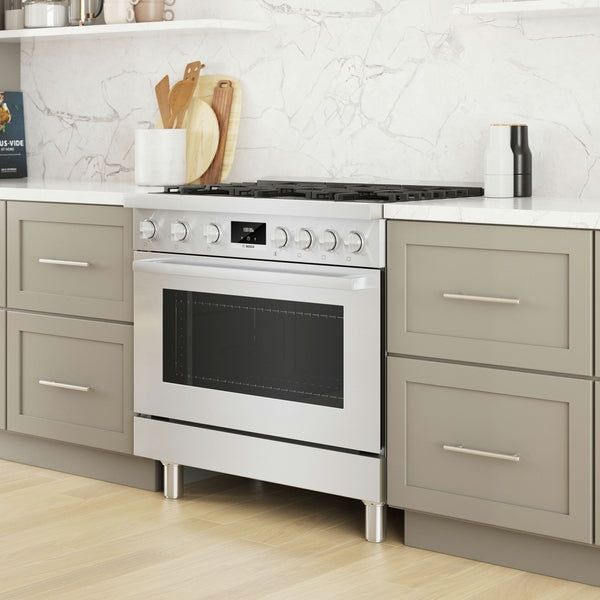
Bread and Butter: Appliances at MLD
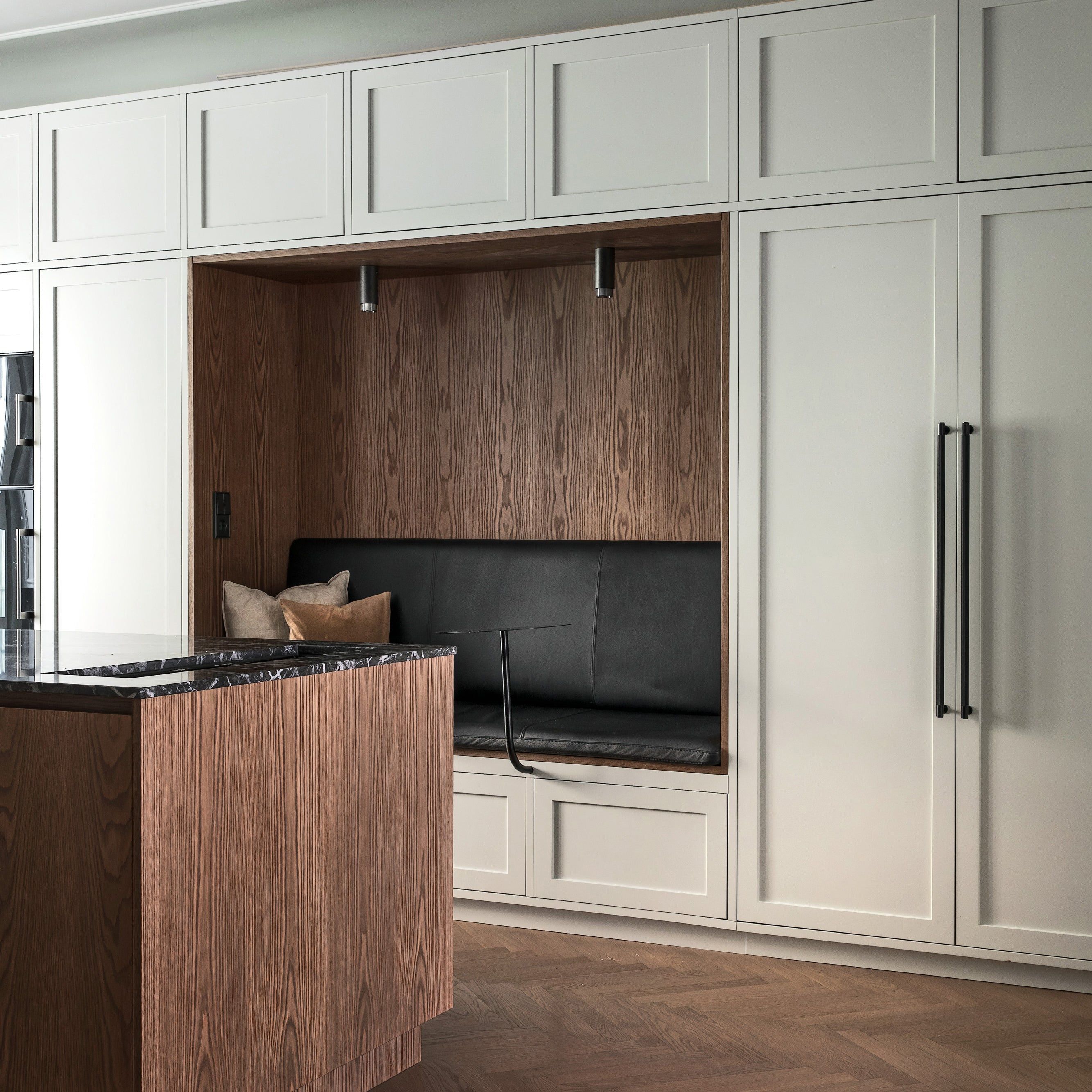
Question the Ordinary with MLD

9 Must-Have Kitchen Features in 2025 That Elevate Functionality and Design

13 Effective Tips on How to Allergy-Proof Your Home and Improve Indoor Air Quality
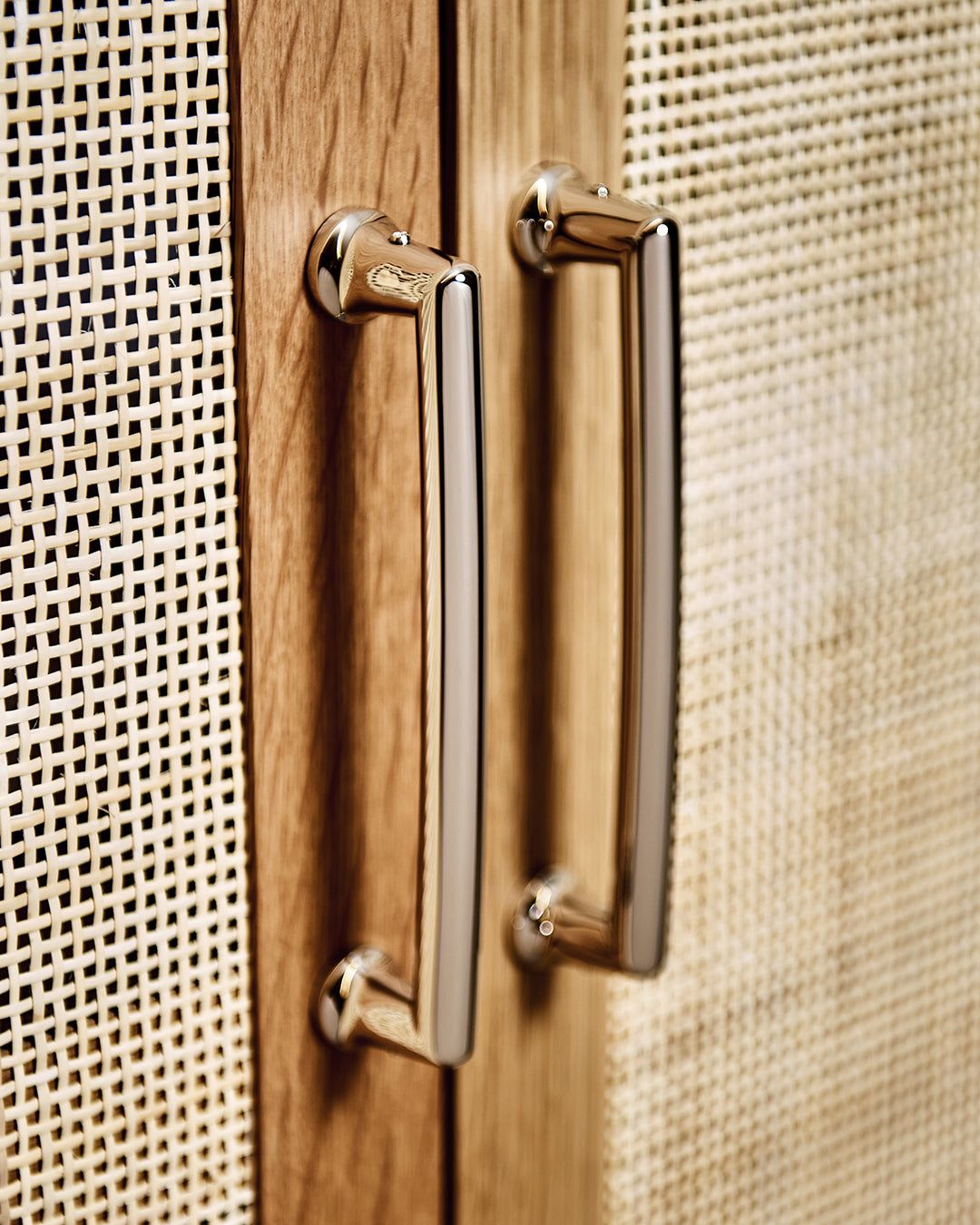
The Future of Interior Design is in Hardware
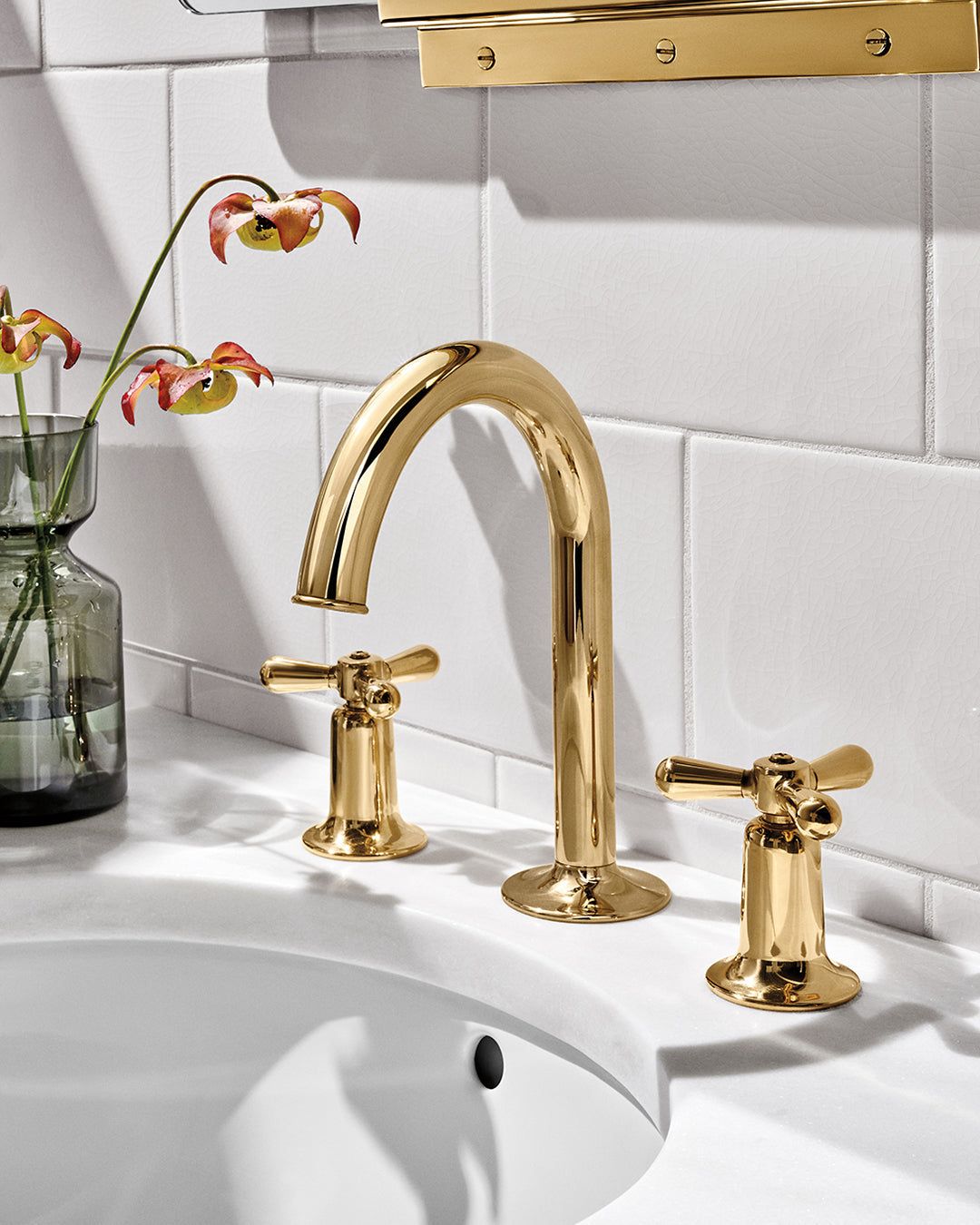
Elevate Your Living Space: The Role of Modern Plumbing Designs in Eco-Conscious Homes
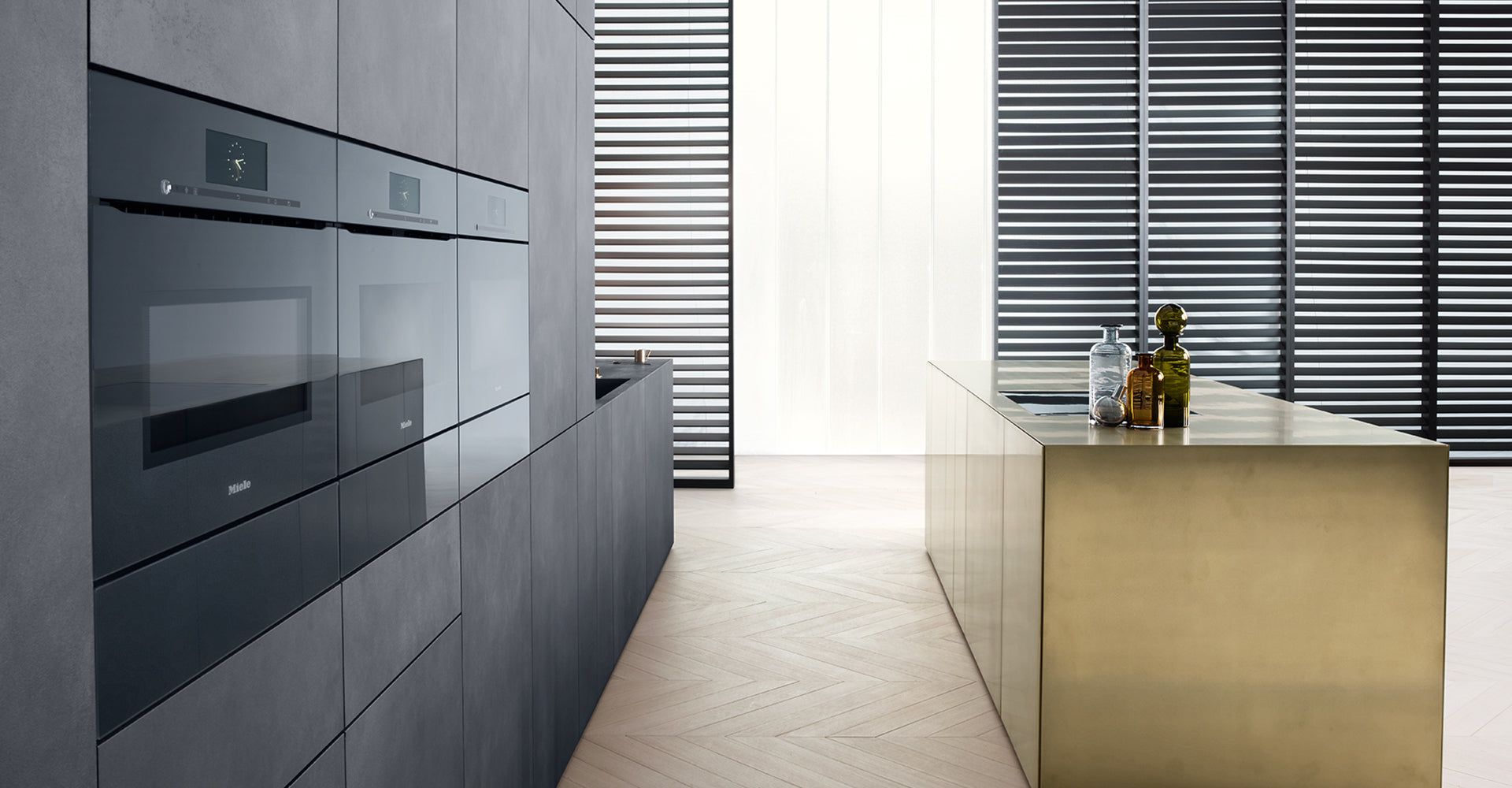
Top Home Design Trends in Jackson Hole, Wyoming

Embracing Kitchen Trends in 2025 with MLD
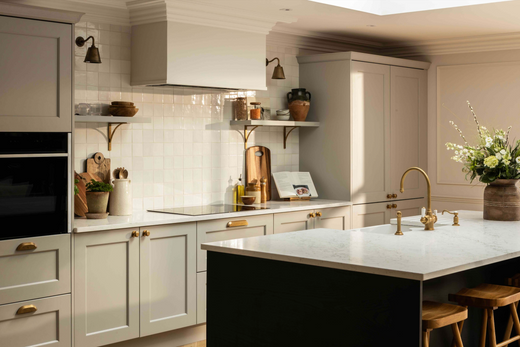
11 Hobbies to try at Home in 2025

Maximize Your Time in the Kitchen
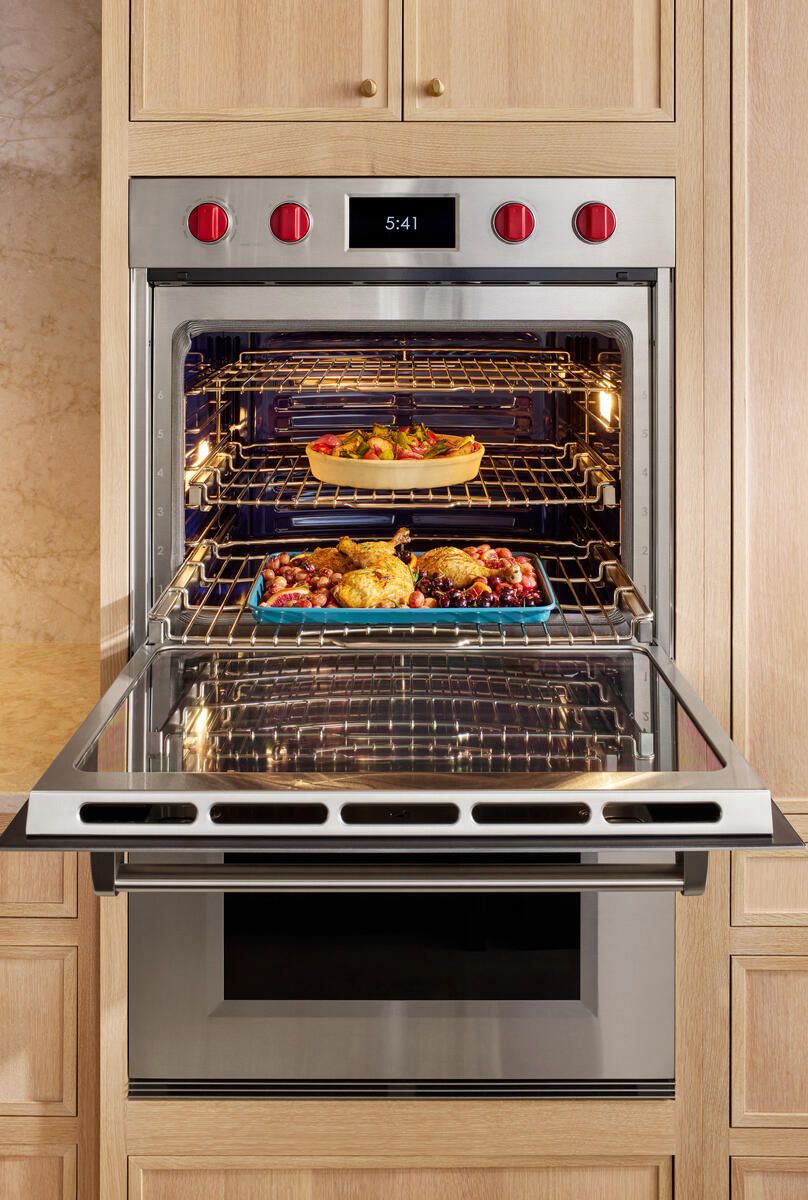
Prep your Appliances for the Holidays

Mastering the Art of Appliance Integration
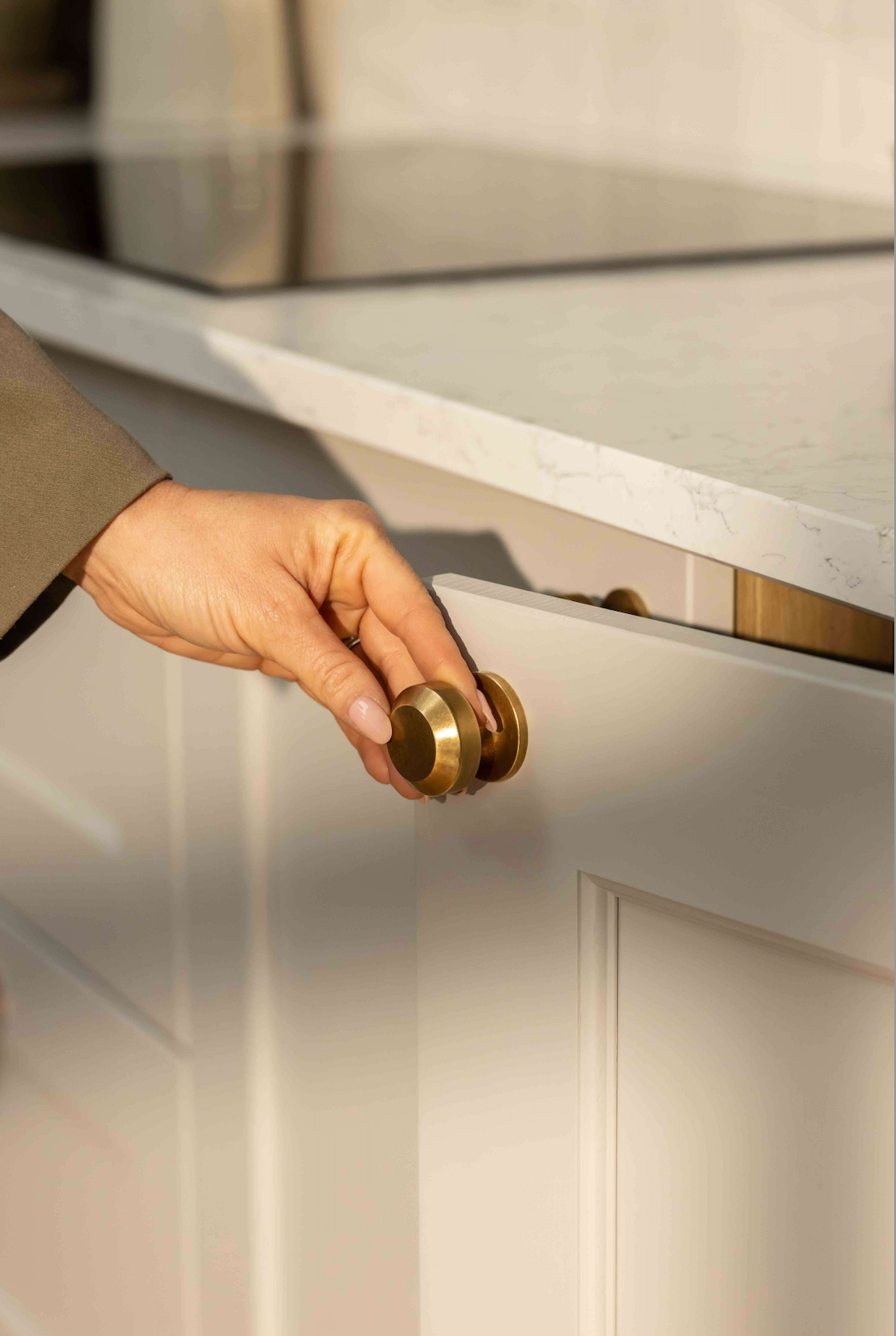
Latest in Home Hardware
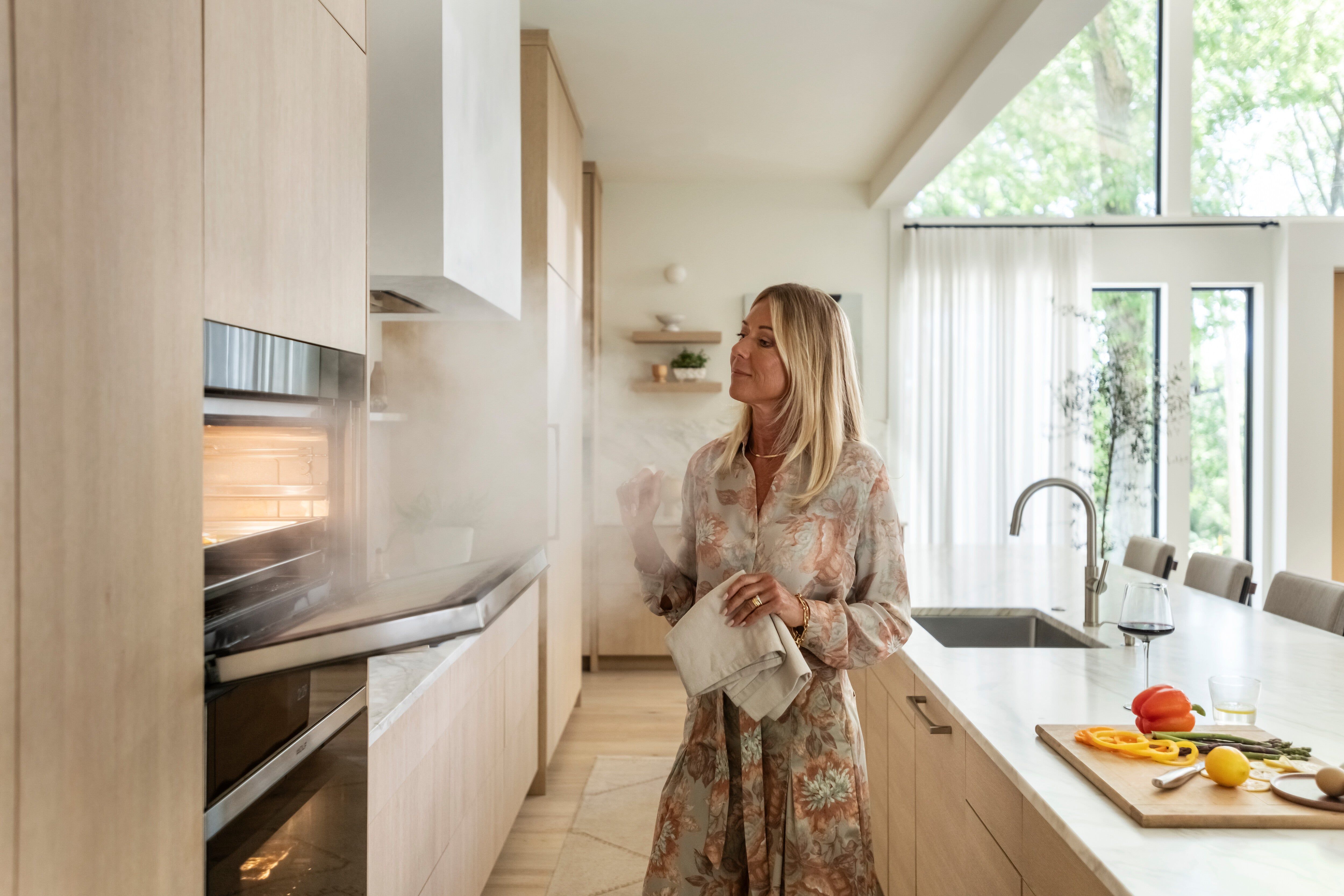
Innovative Appliances for a Modern Home Design
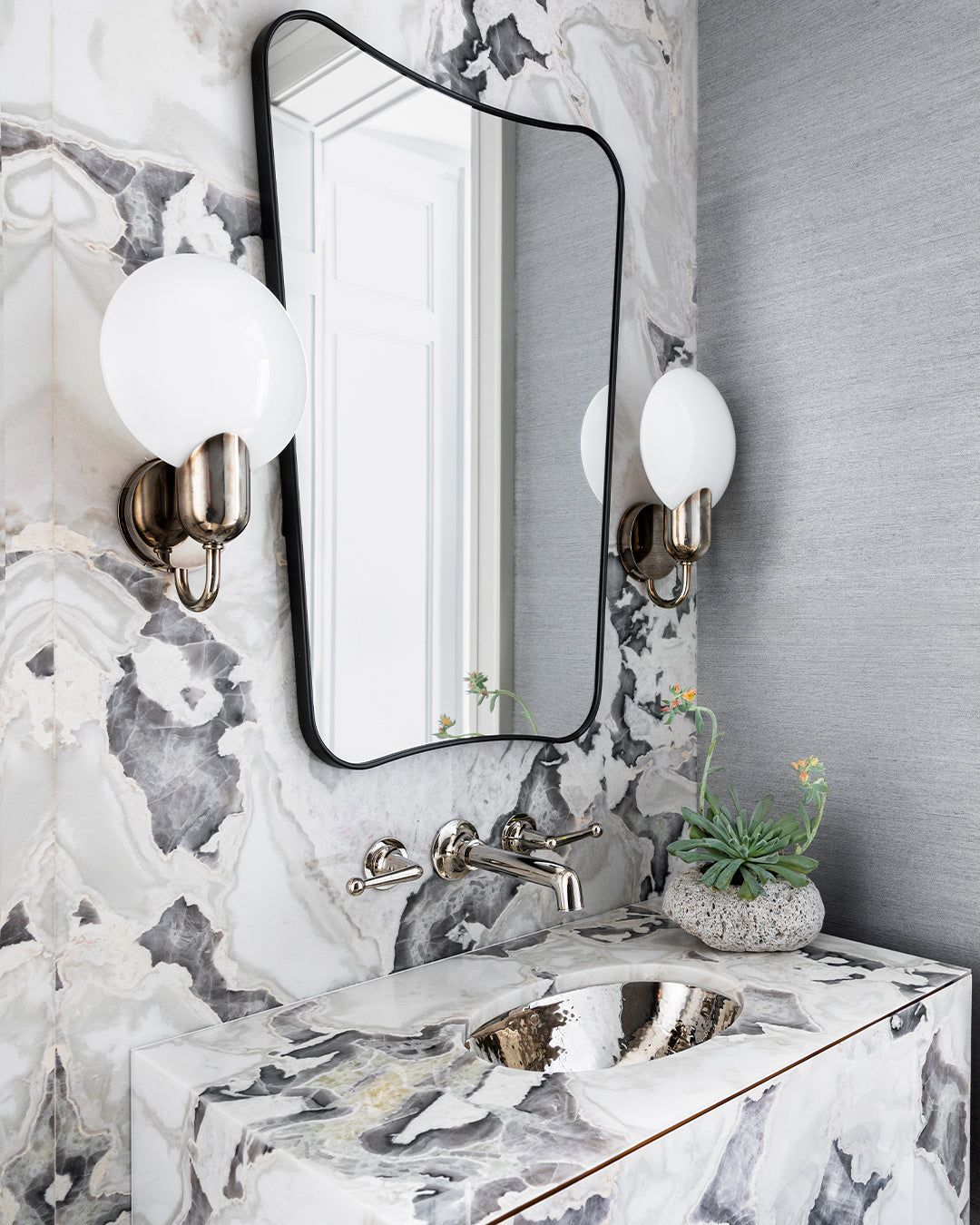
Elevate Your Home with Plumbing
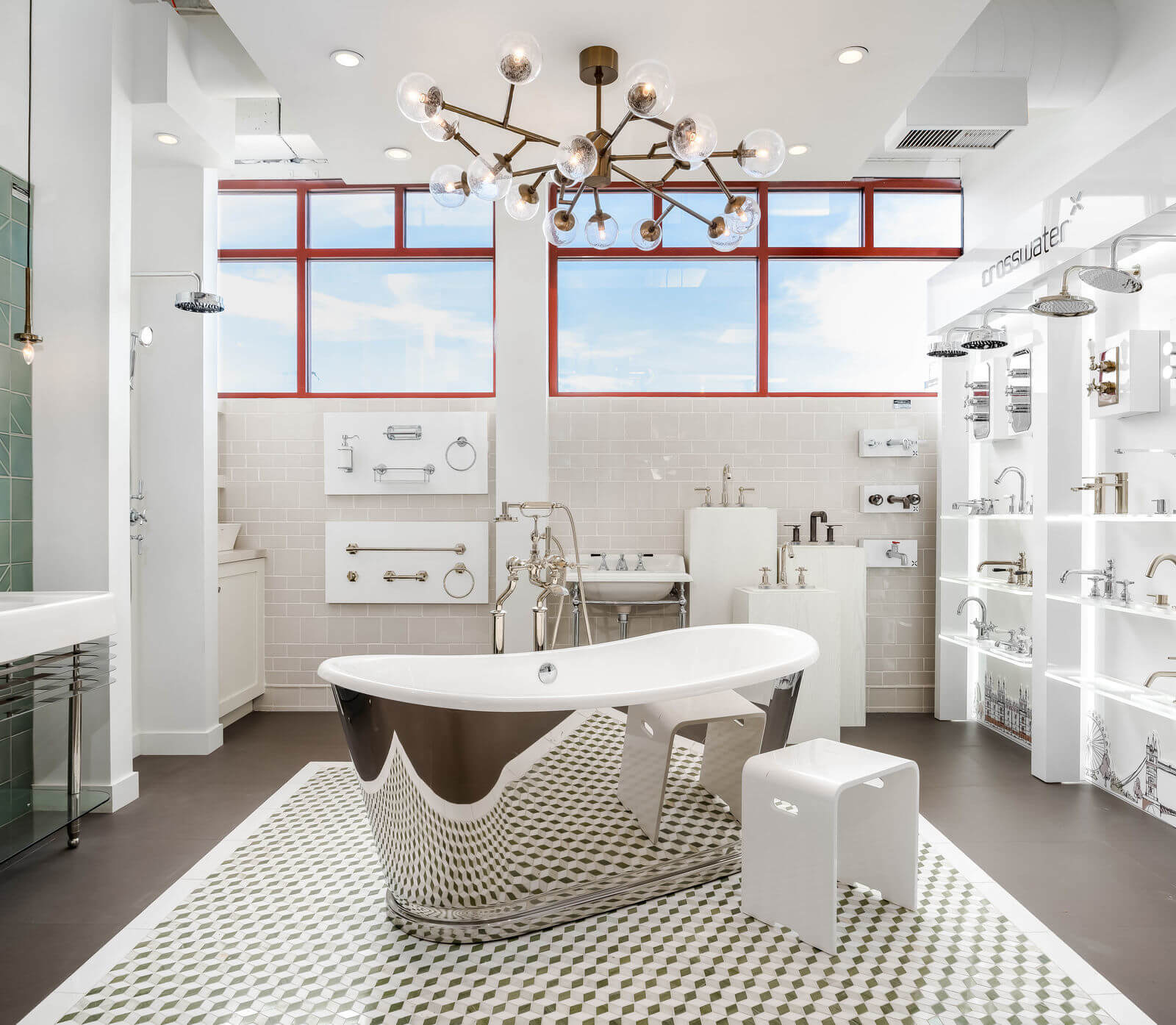
Timeless Plumbing Selections
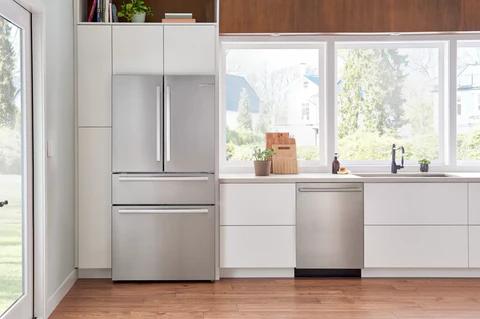
Our Picks for the best dishwashers this year
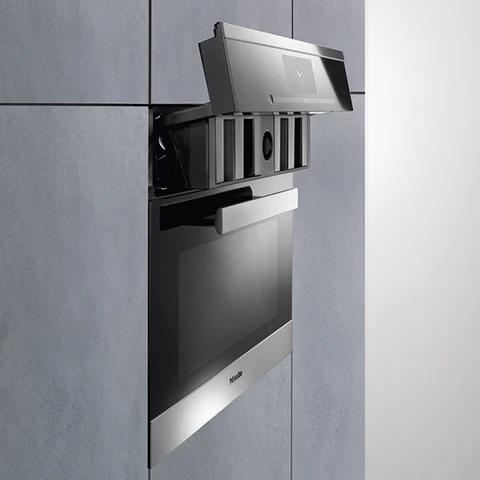
The Steam Oven, And Why You Need It In Your Home.
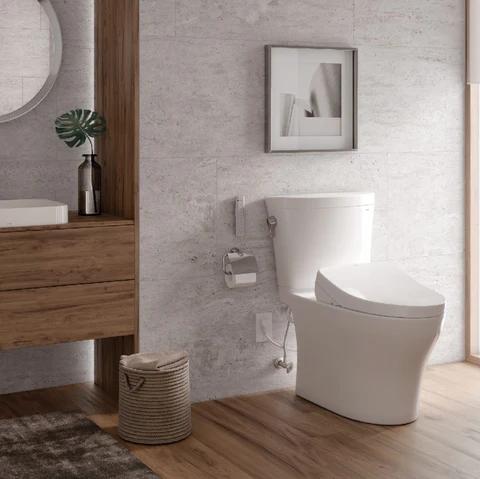
Washlet vs Bidet Which One is For Me?

Our Top High-End Hardware Brands for Your Doors and Cabinets

An in-depth guide to induction cooking
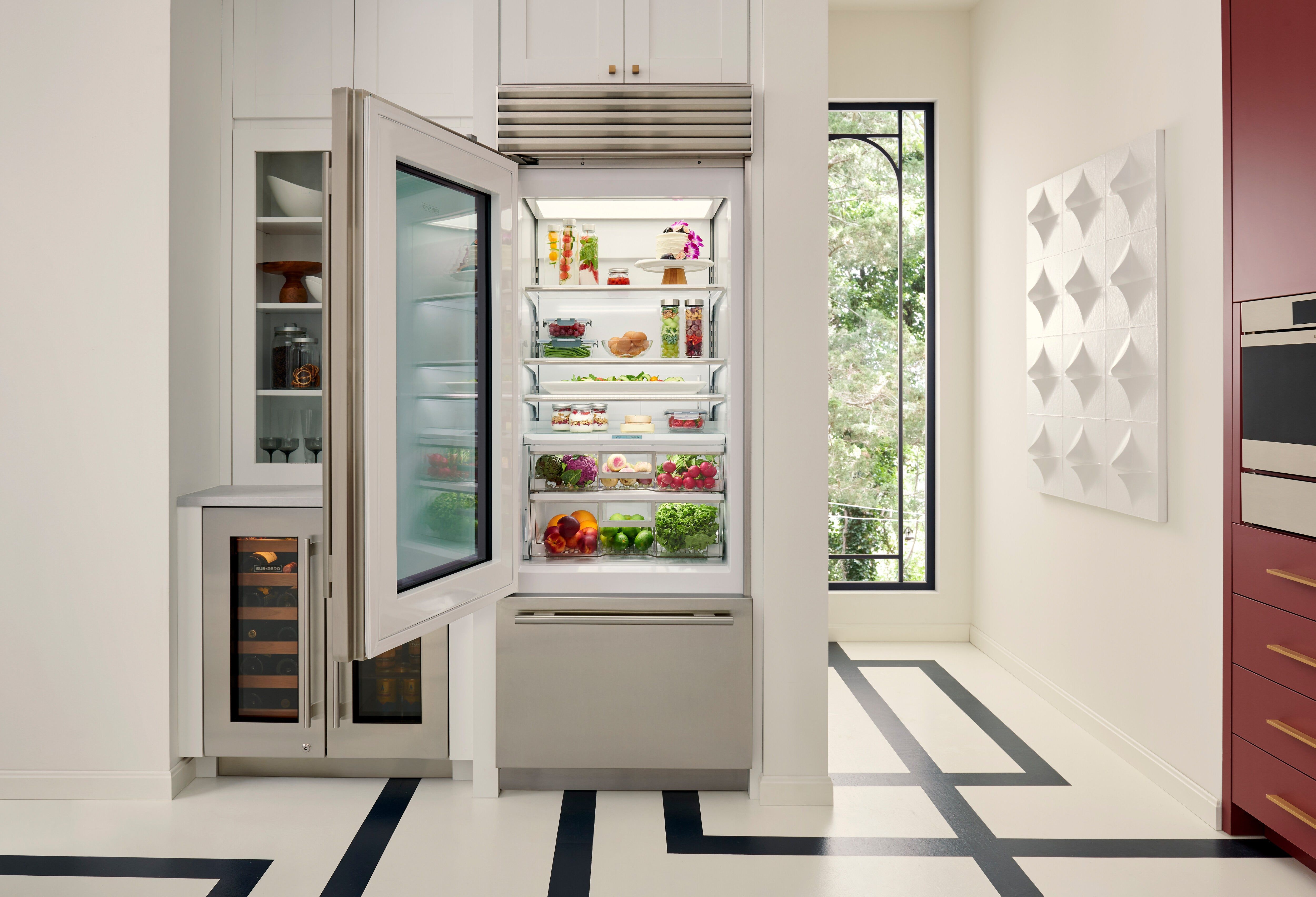
Built In vs Freestanding Refrigeration
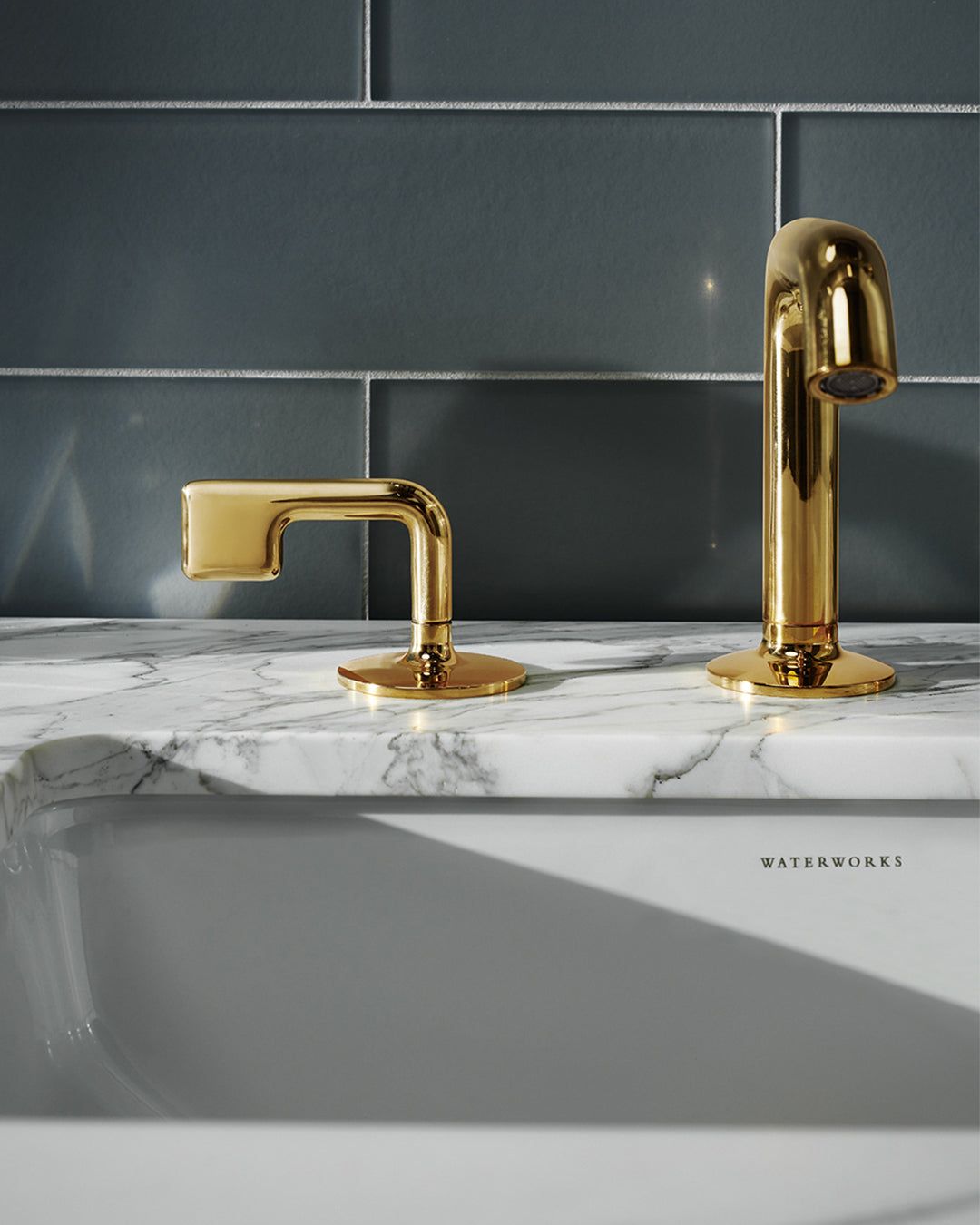
Innovative Plumbing Solutions For Modern Homes
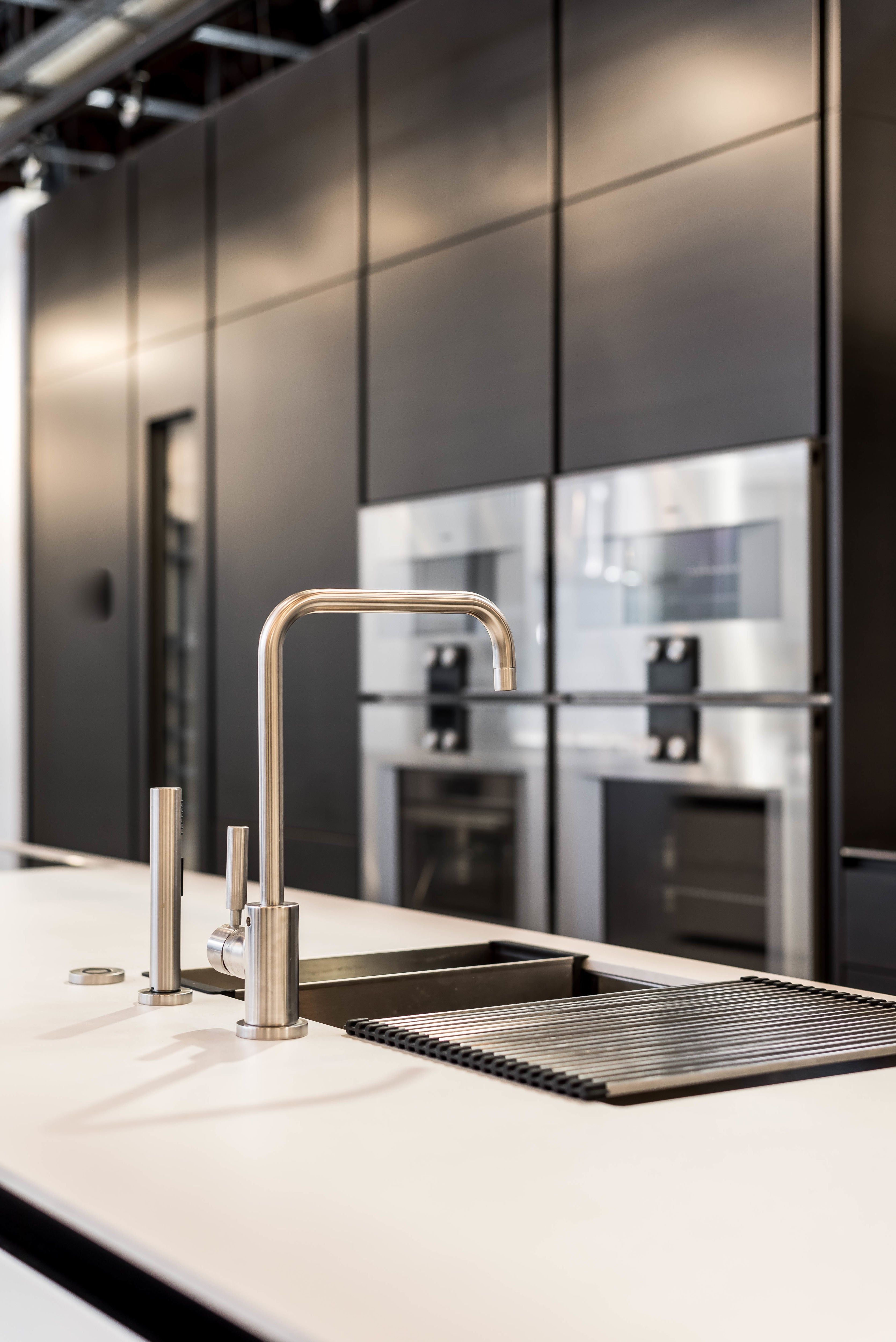
Essential Guide To Appliance Installation Preparation
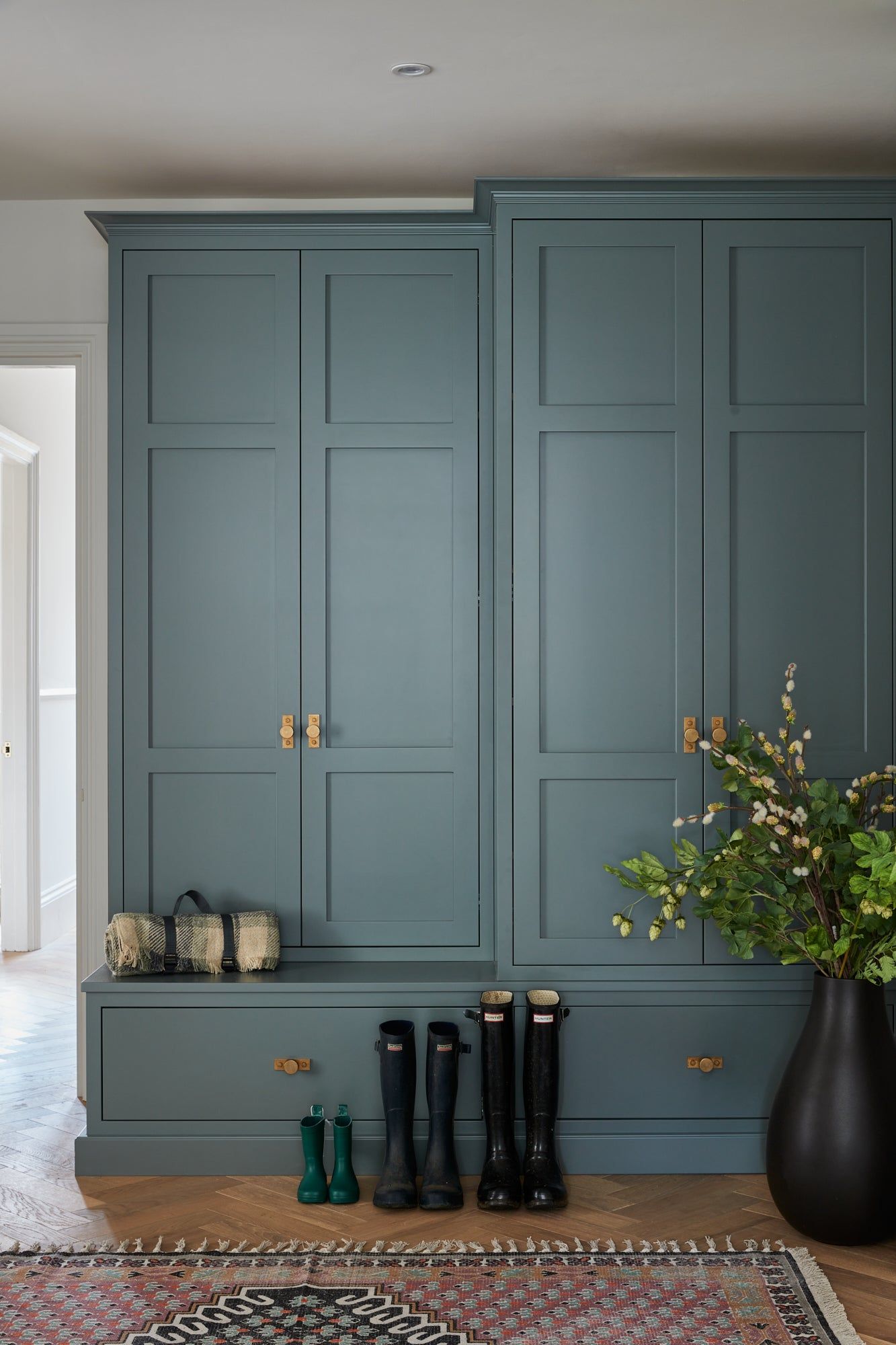
Prep for your Upcoming Hardware Appointment

Sustainable Living in the Tetons

10 Tips for your BBQ Parties this summer!

Local Artistry: Showcasing Utah Craftsmanship in Home Decor
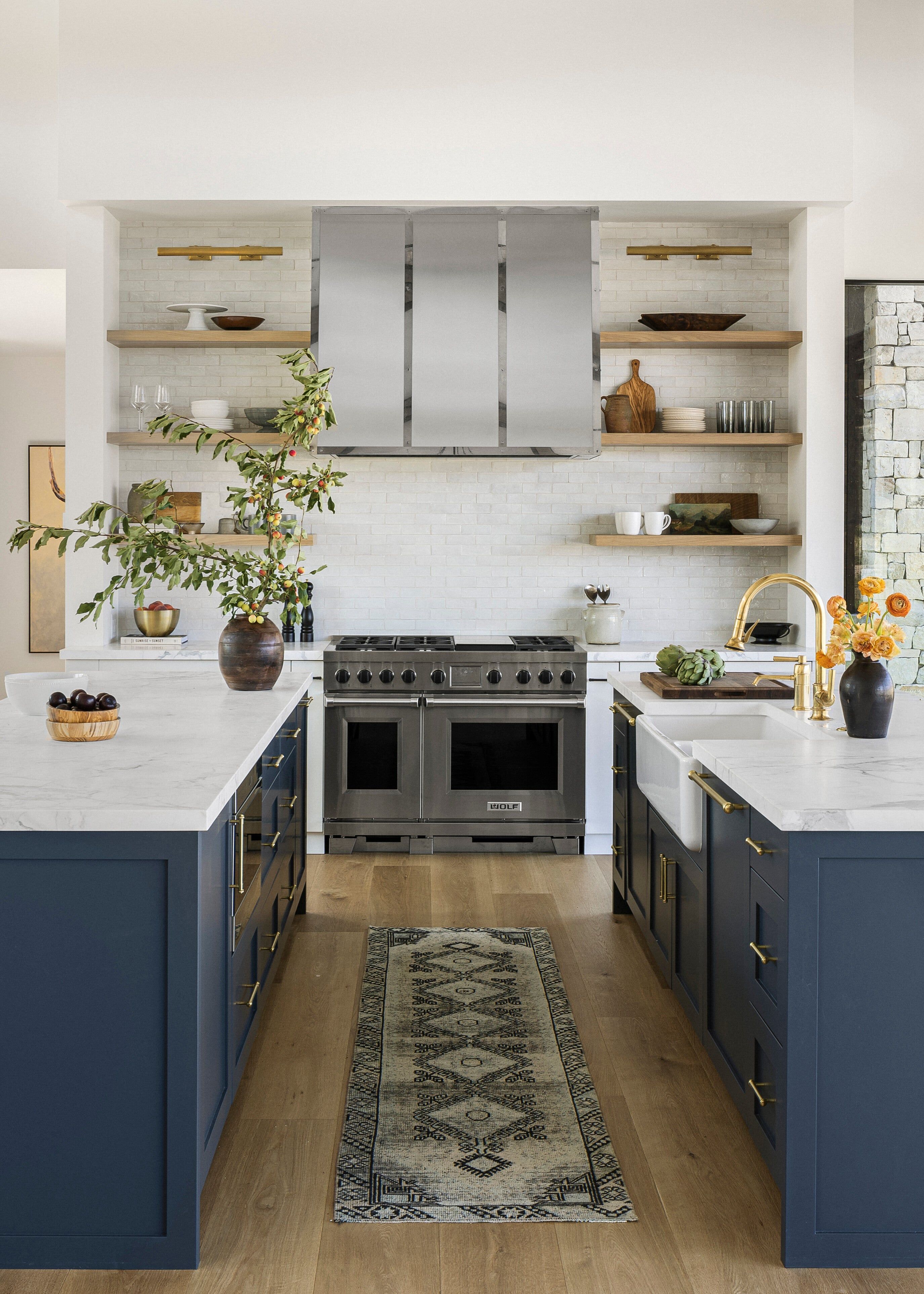
Functional Luxury: Balancing Style and Comfort in Idaho Homes
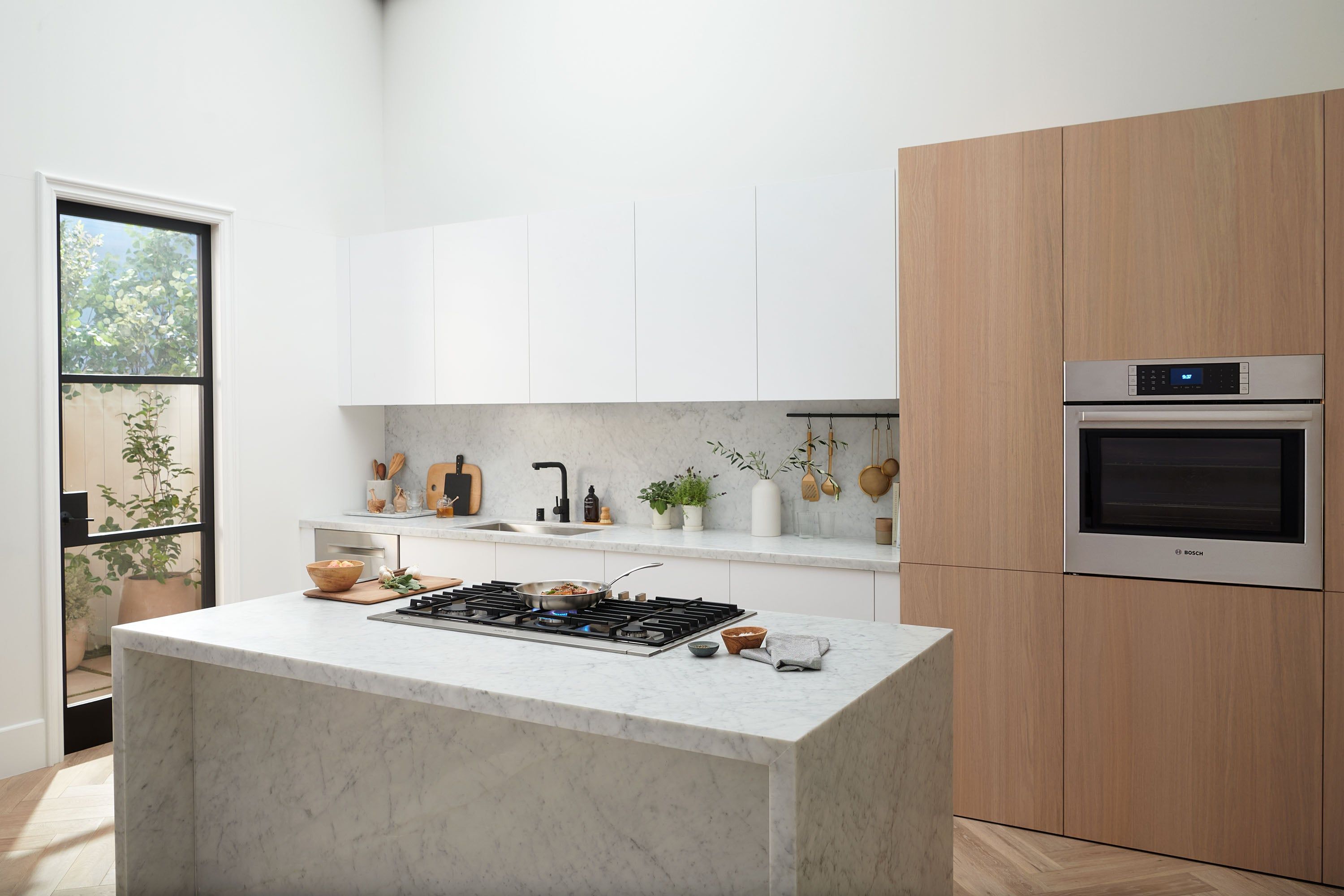
Smart Home Solutions for Utah: A Guide for Modern Builders

Harmony in Design: Blending Nature with Idaho Home Designs
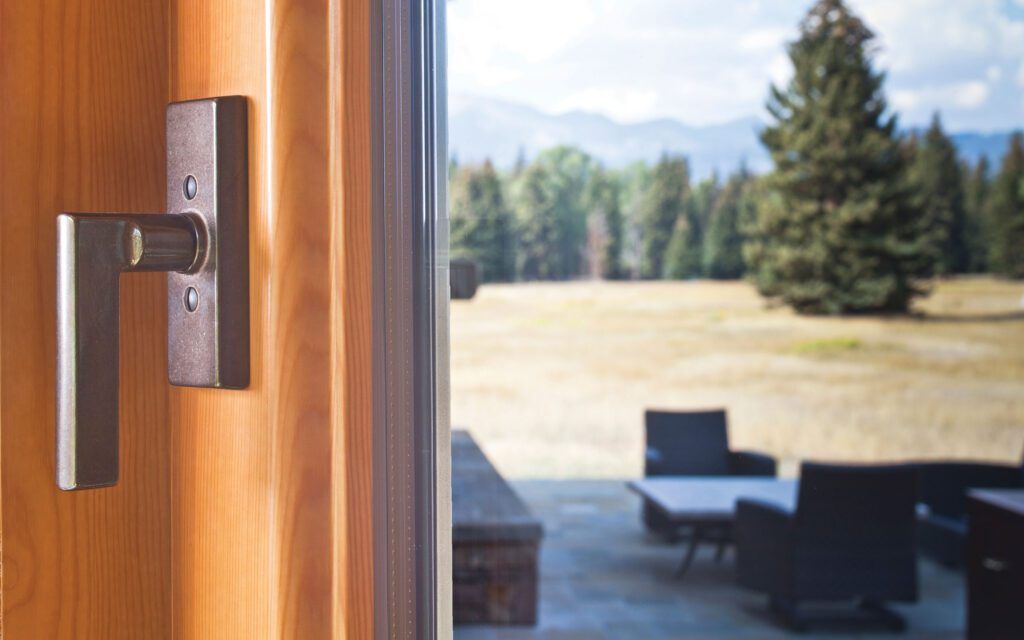
Finding the Right Fixtures for Your Wyoming Home

Creating Timeless Interiors: How to Blend Modern and Traditional Styles in Idaho Design

Rustic Elegance: Wyoming's Love for Cabin Chic Interiors

Unleash Elegance: Innovative Ways to Inject Utah's Distinct Aesthetic into Your Home Design

Elevate your home with MLD
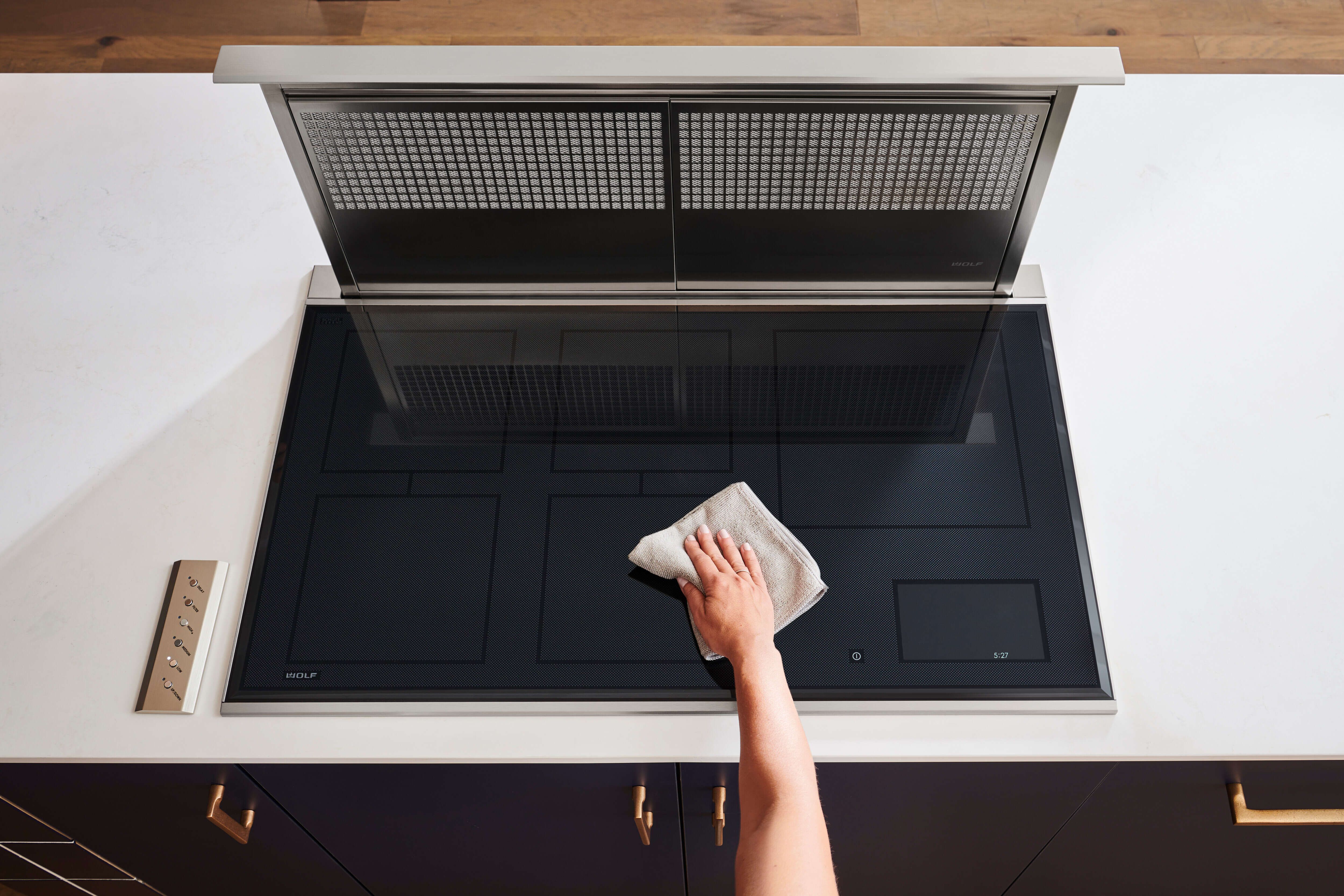
Seasonal Appliance Care and Tips
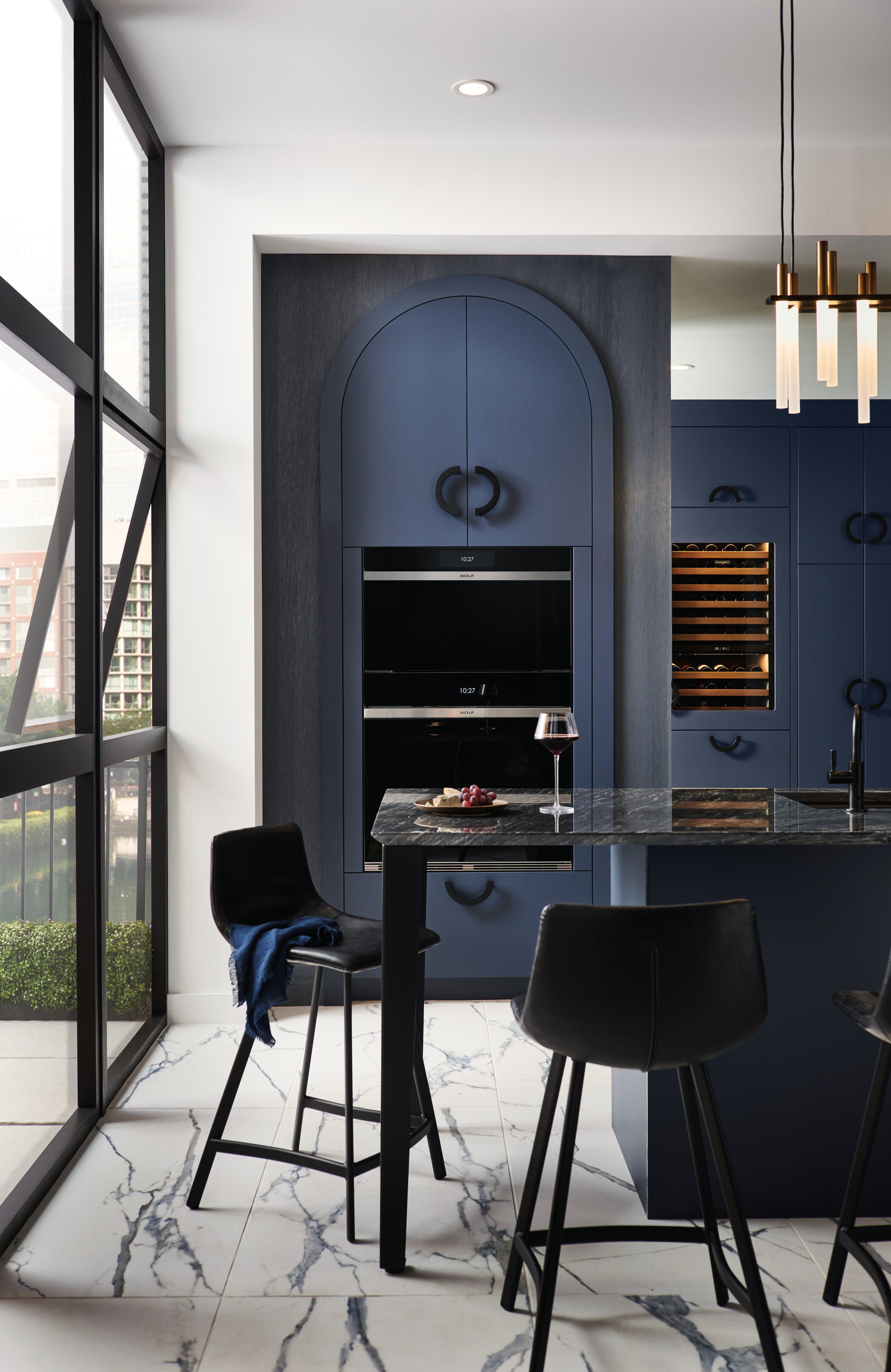
Chef Shirley Mini Steam Oven Class
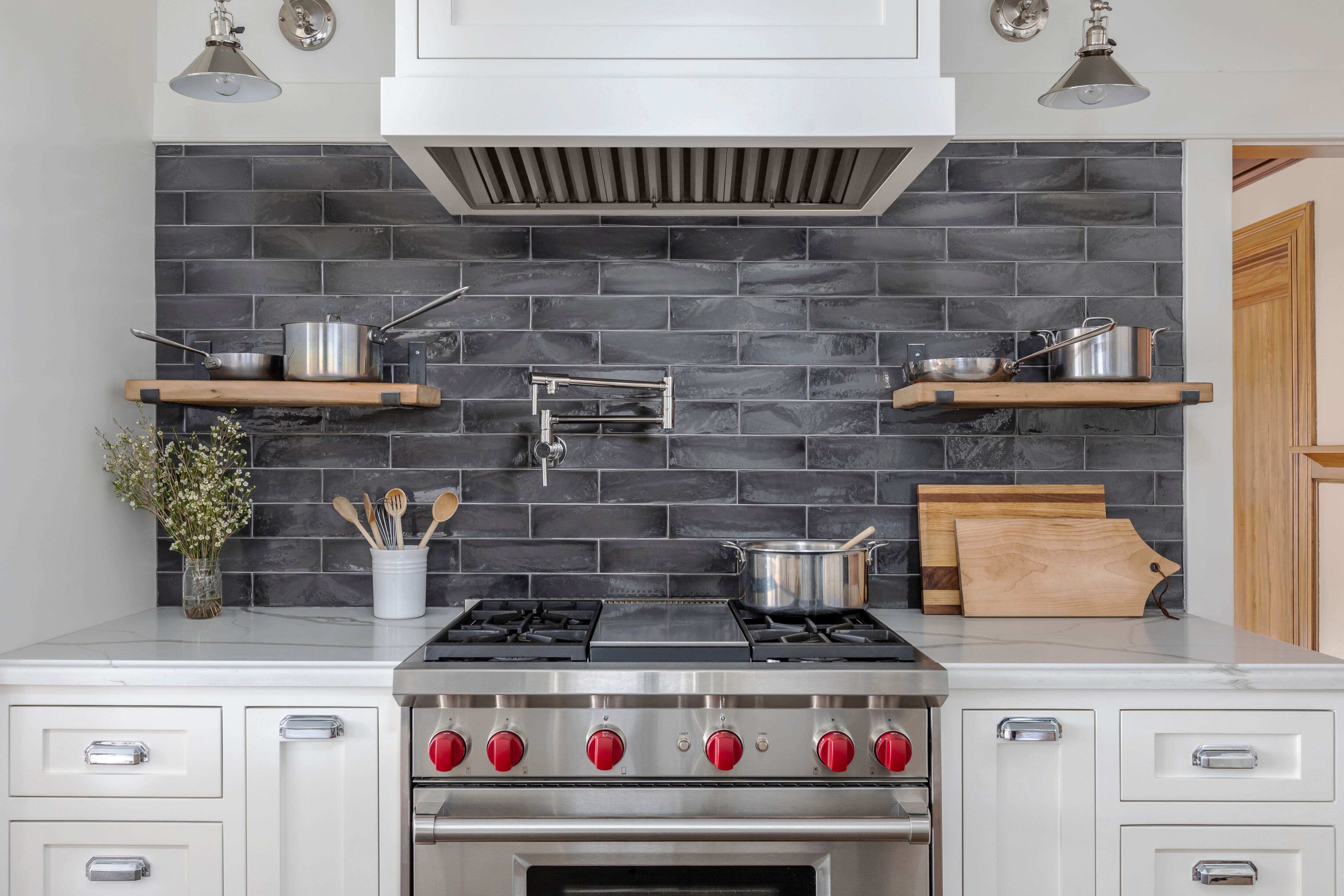
Gas vs Electric vs Induction
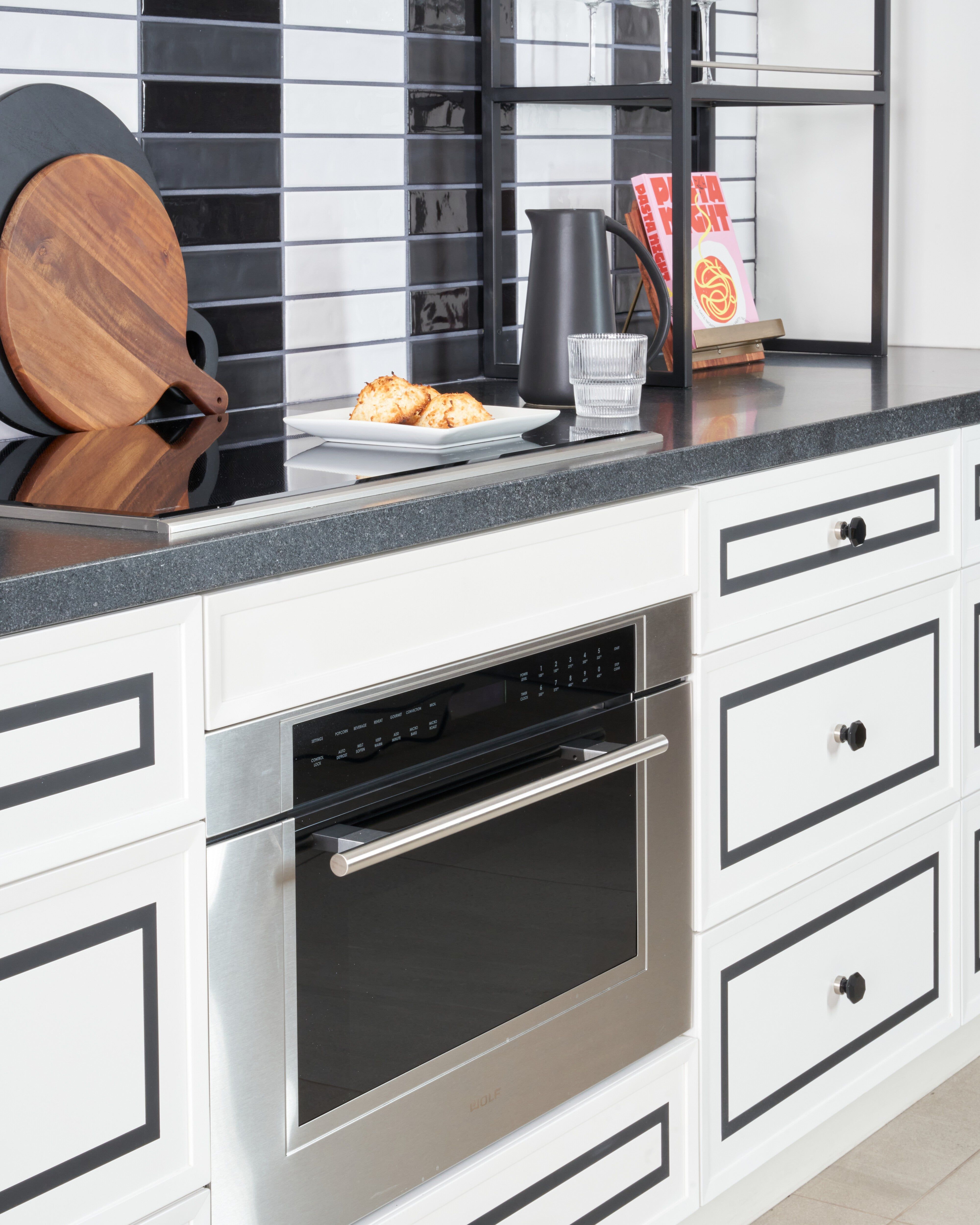
An Essential Checklist for your Kitchen Appliances
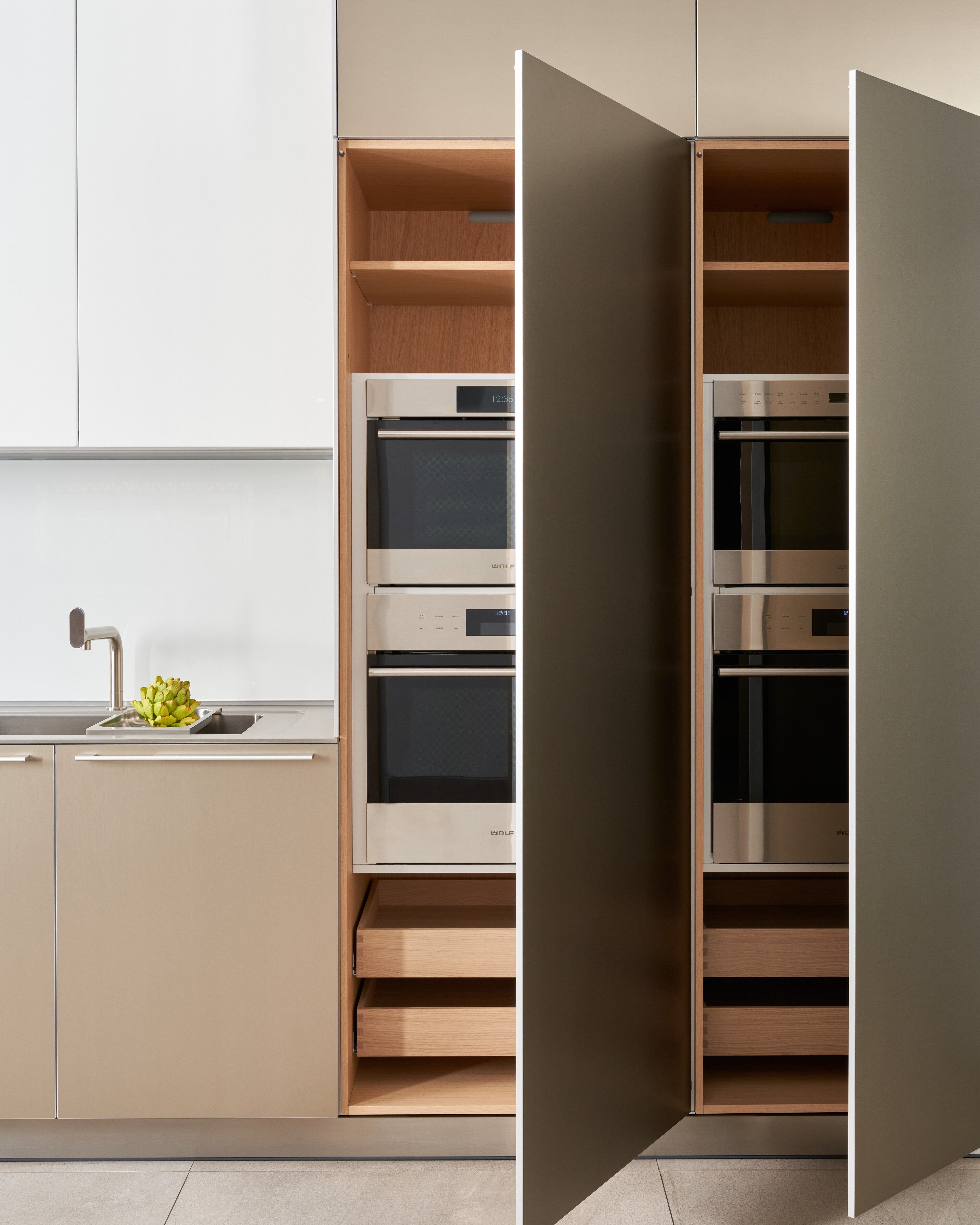
Appliances should match your lifestyle
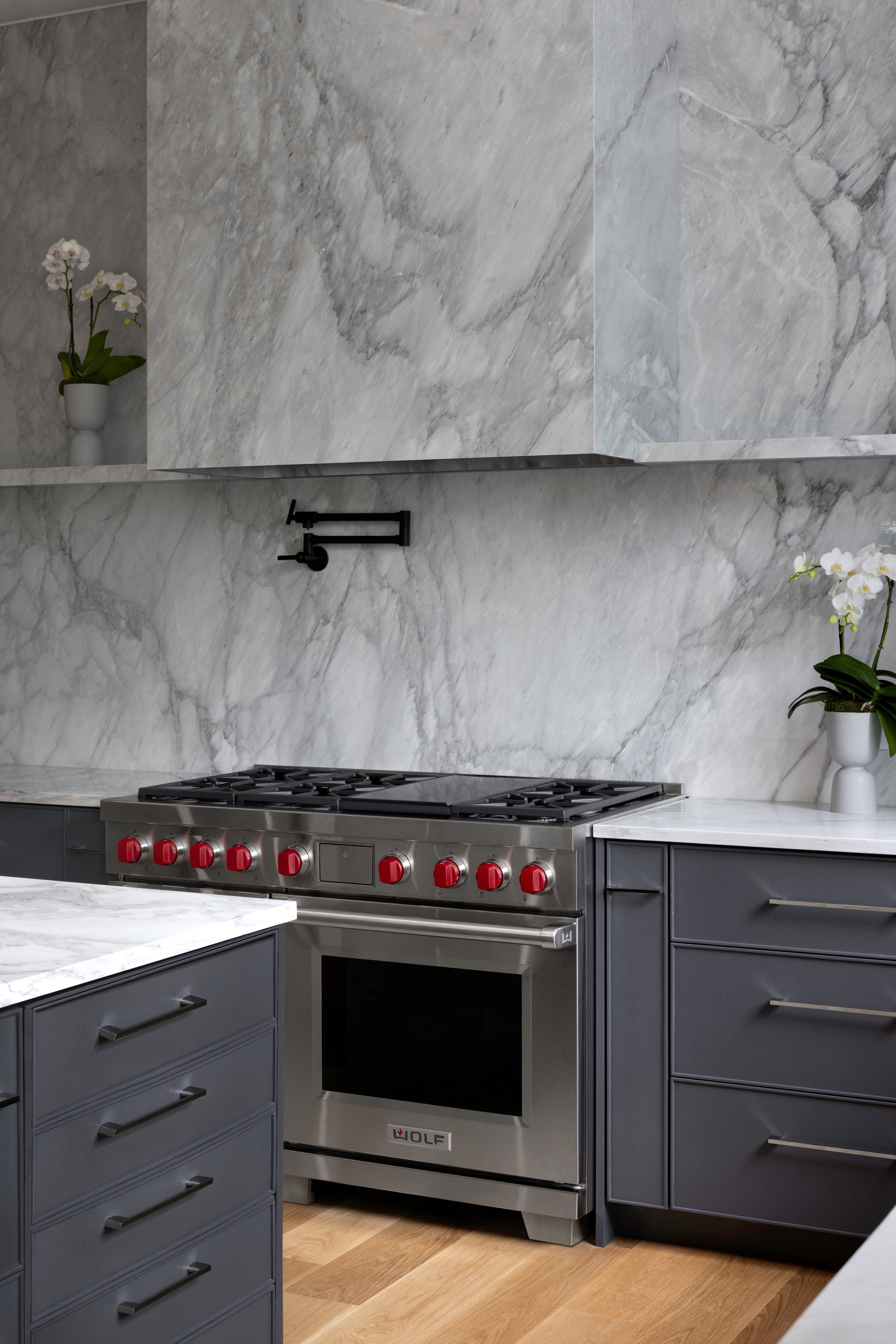
How to Choose a Complimentary Kitchen Countertop: Ideas and Options
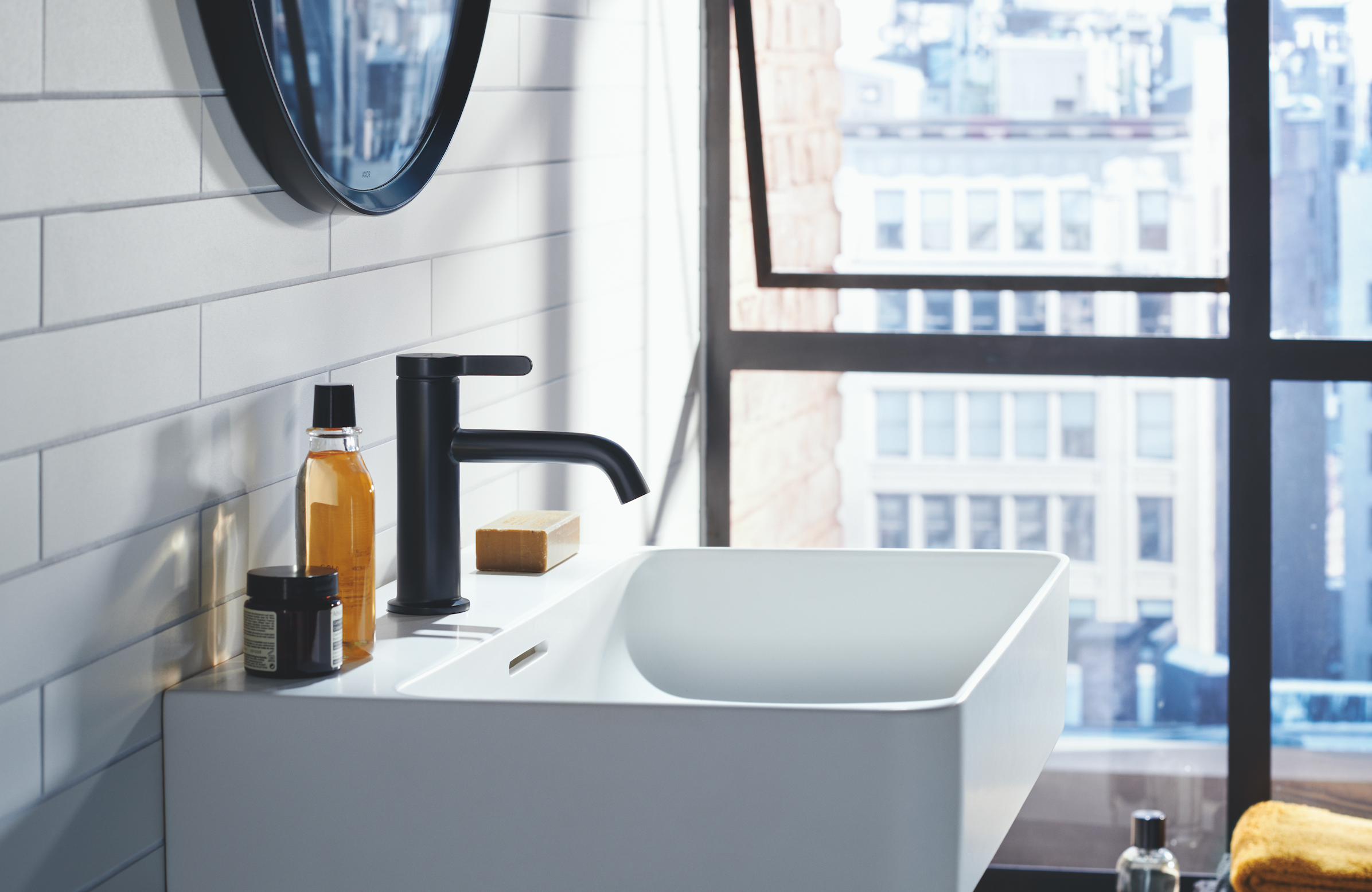
MLD Top Bathroom Trends for 2023
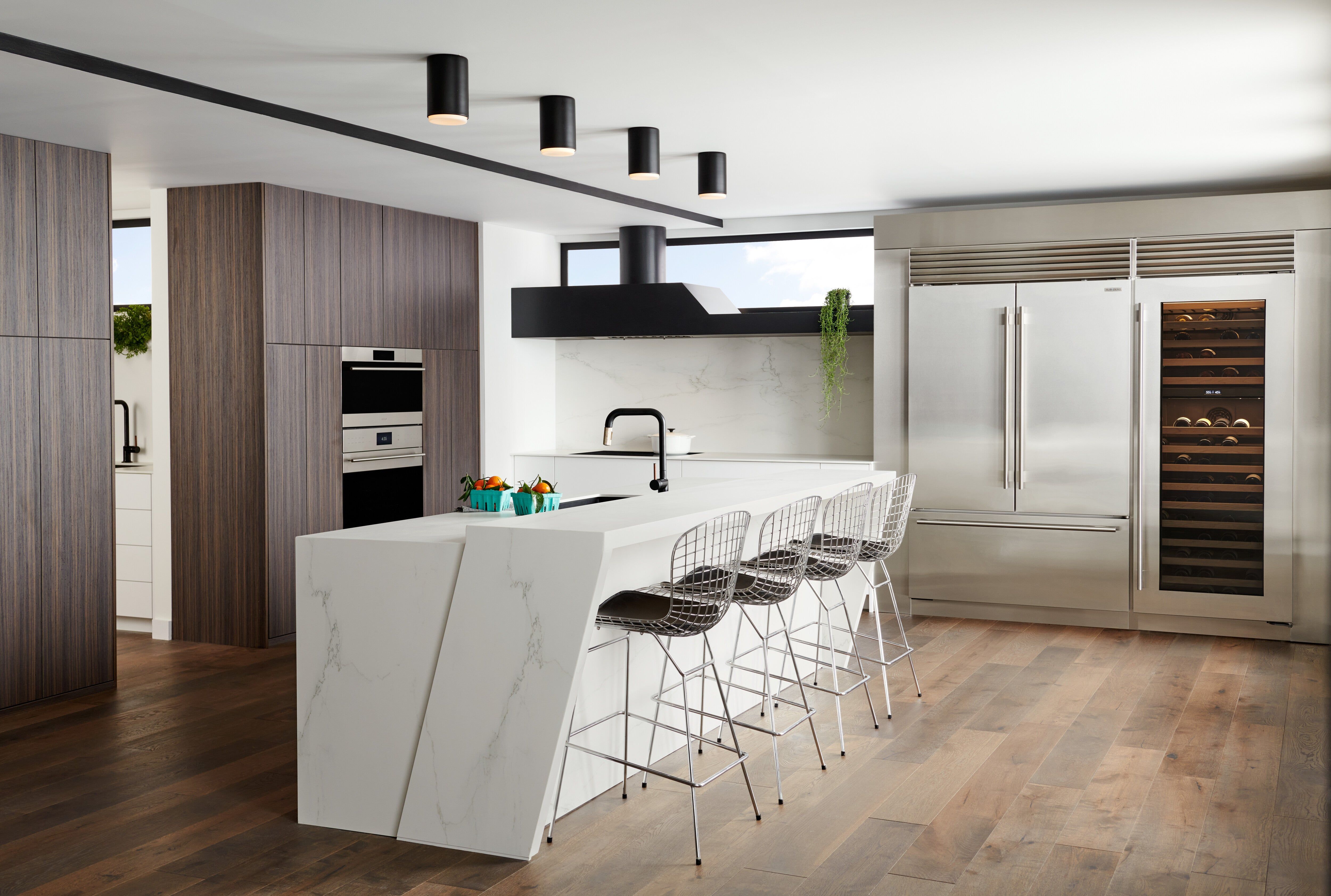
Remodeling your Bathroom or Kitchen will Increase the Value of your Home.

Three Tips for Choosing Appliances for your Outdoor Patio with MLD
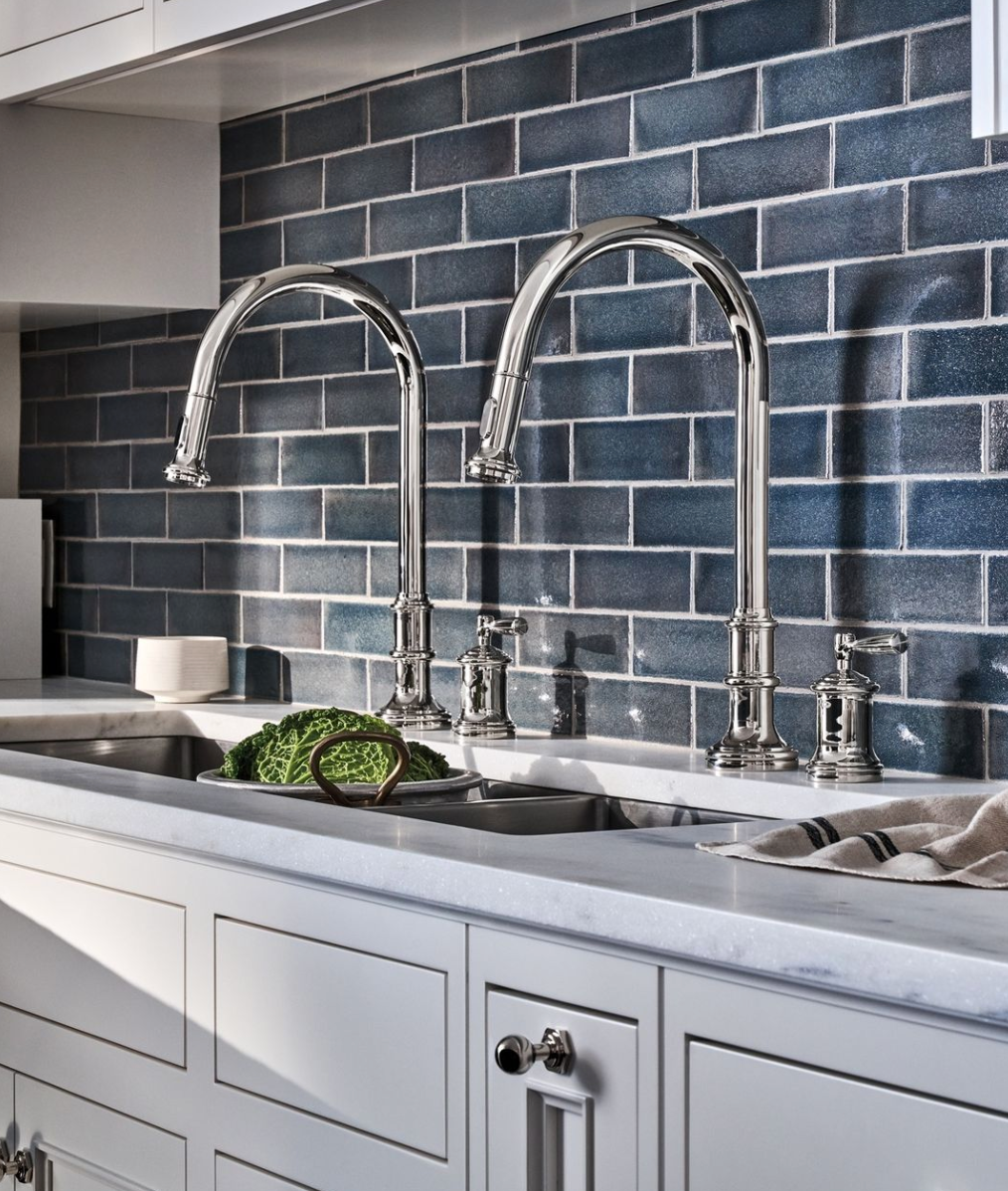
How to Find the Perfect Faucet
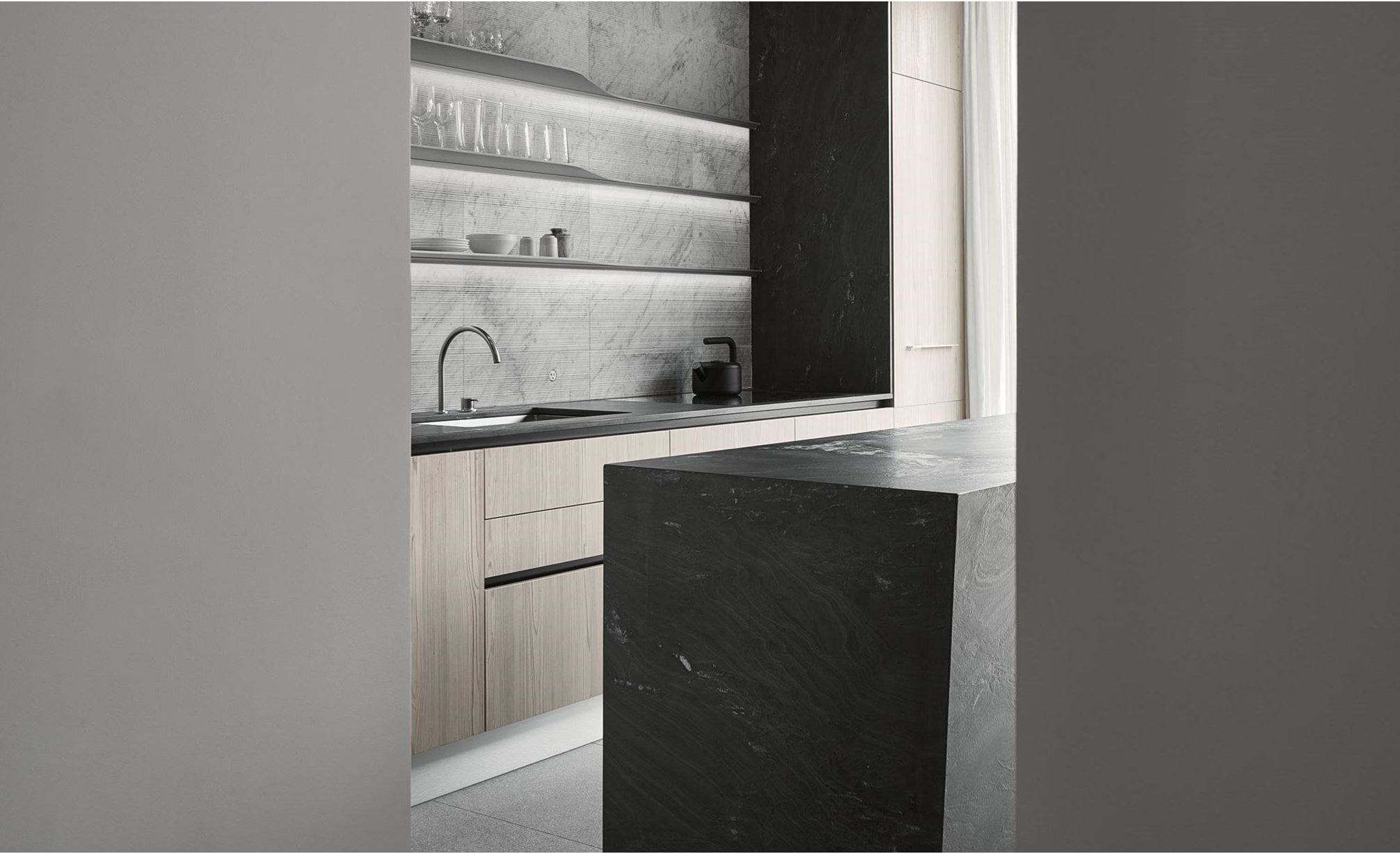
2023 Kitchen Trends based on the latest Sub Zero & Wolf Kitchen Design Contest Winners!

Why You Should Get a Multifunctional Kitchen Island in Your Home
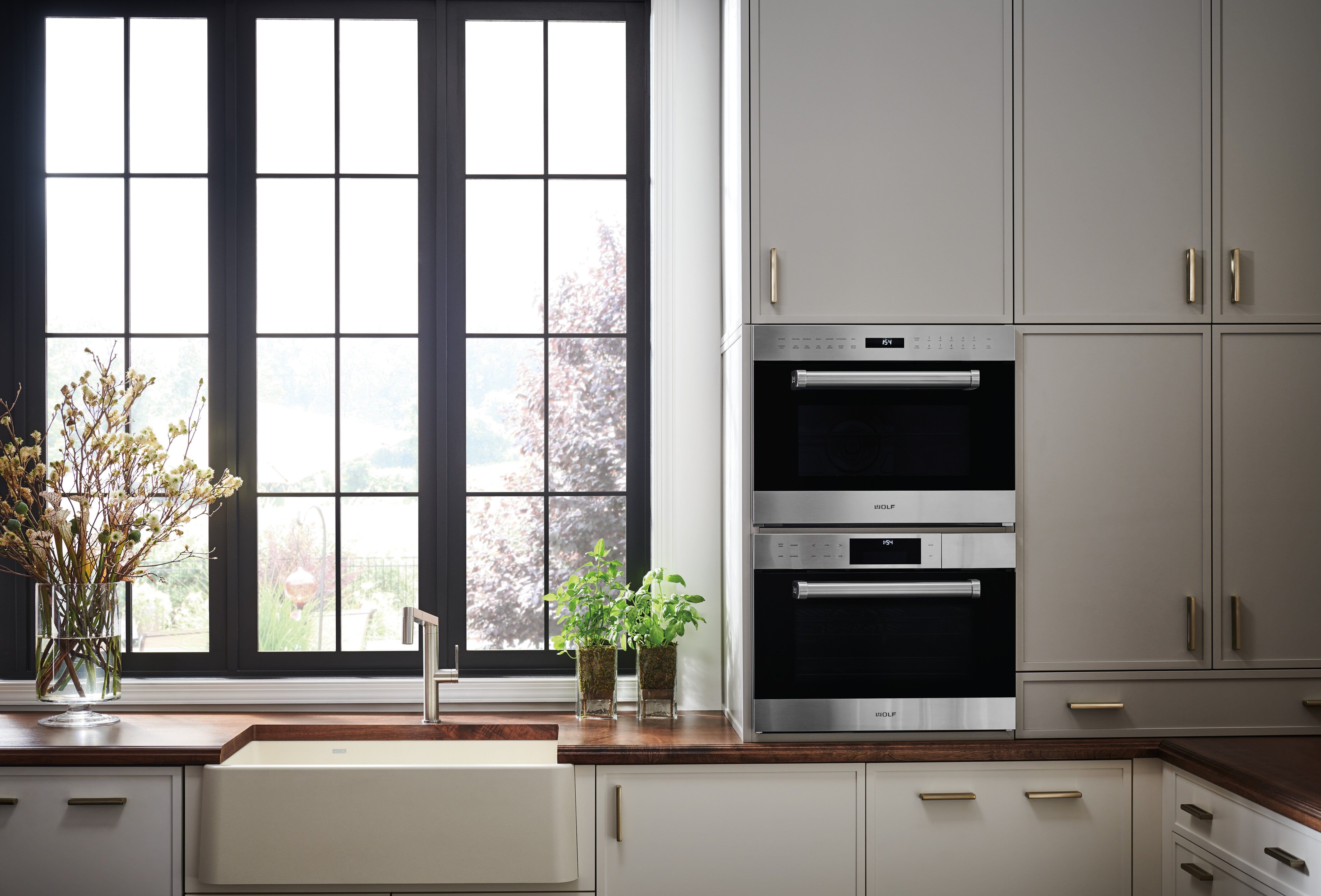
Our Favorite Appliance, The Steam Oven, And Why You Need It In Your Home.

The Newest Appliance, Plumbing, and Hardware Products at MLD.

4 Stylish Trends in Decorative Plumbing for 2021
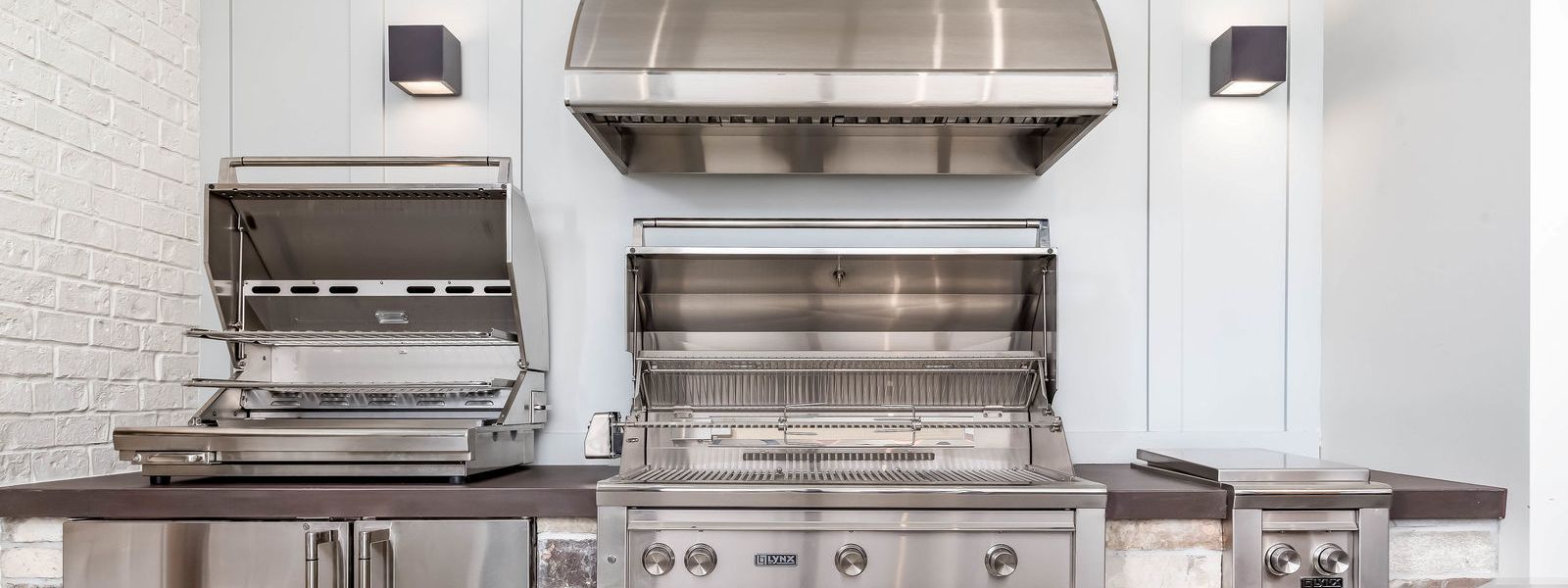
Outdoor BBQ Display at Mountain Land Design - MOUNTAIN LAND DESIGN

Utah Valley Parade of Homes
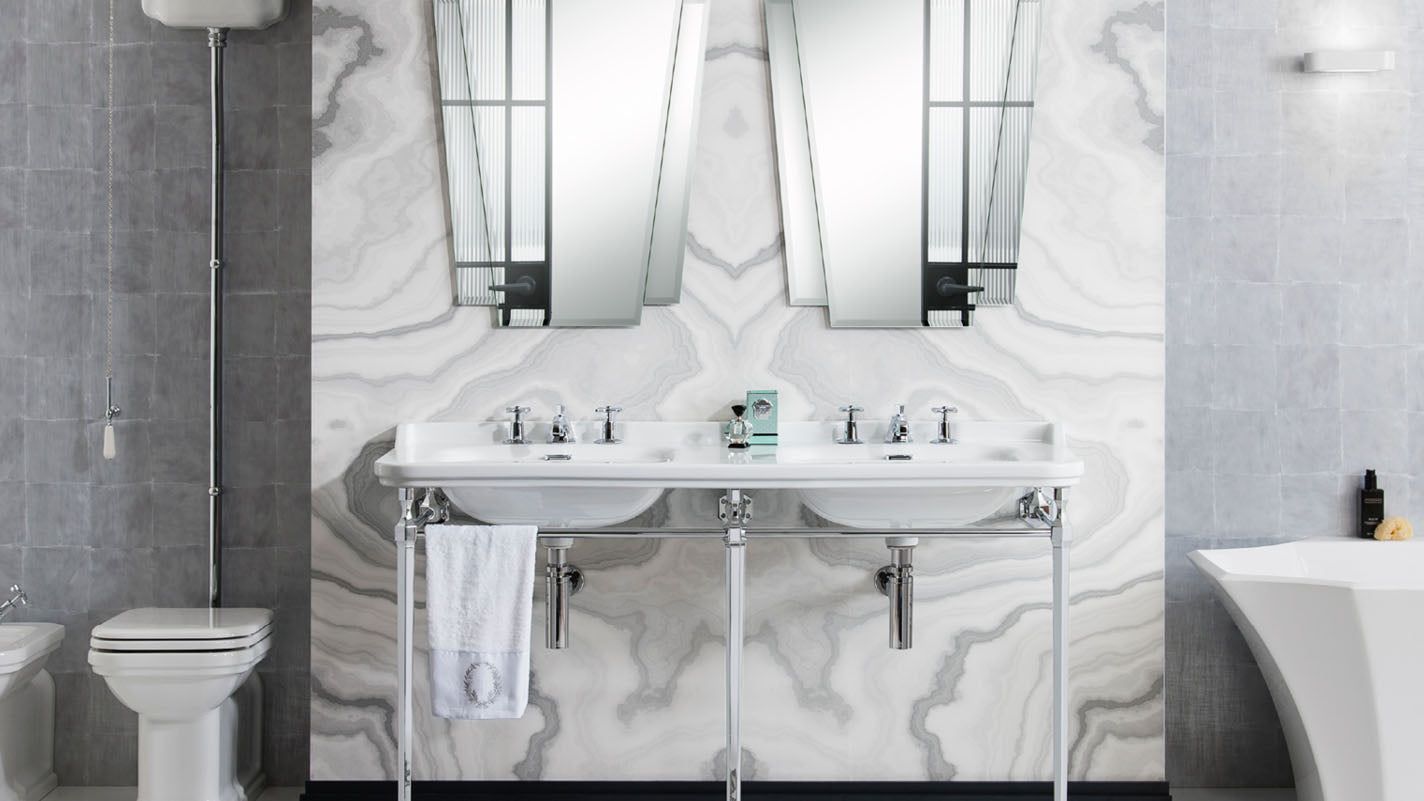
The Waldorf Collection

CLASSIC BLACK

Classic Black Collection - Hardware at MLD

Park City Showcase of Homes 2017

October 26 - Route 66 Assistance League Charity Night

Mountain Land Design + Sapp Development
